32 interesting facts about the Historic Royal Palaces, from break-ins to the home of tragic love stories
The Historic Royal Palaces - which include Buckingham Palace and the Tower of London - are known the world over, but did you know these interesting facts?
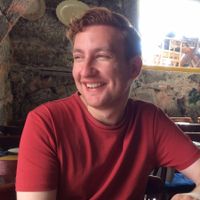

We know plenty about the royals' best tiara moments and the history which comes with them, and we also love learning about the royal family's best tour moments. But just how much do we know about them when they aren't out and about - what are the secrets behind their official residences?
Interestingly, some of the well-known residences of the royals don't count as palaces. For example, Balmoral Castle and Sandringham are not owned by the Crown Estate. These are personal properties owned directly by the Monarch, so they are not maintained by tax-payers or part of the Historic Royal Palaces charity, which manages the unoccupied palaces.
The official six Historic Royal Palaces are the Tower of London, Hampton Court Palace, Banqueting House, Kensington Palace, Kew Palace and Hillsborough Castle. Other historic palaces, like Buckingham Palace and Windsor Castle, are maintained by the Royal Household Property Section as they are lived in.
32 interesting facts about the Historic Royal Palaces
Buckingham Palace is named after someone who isn't a royal
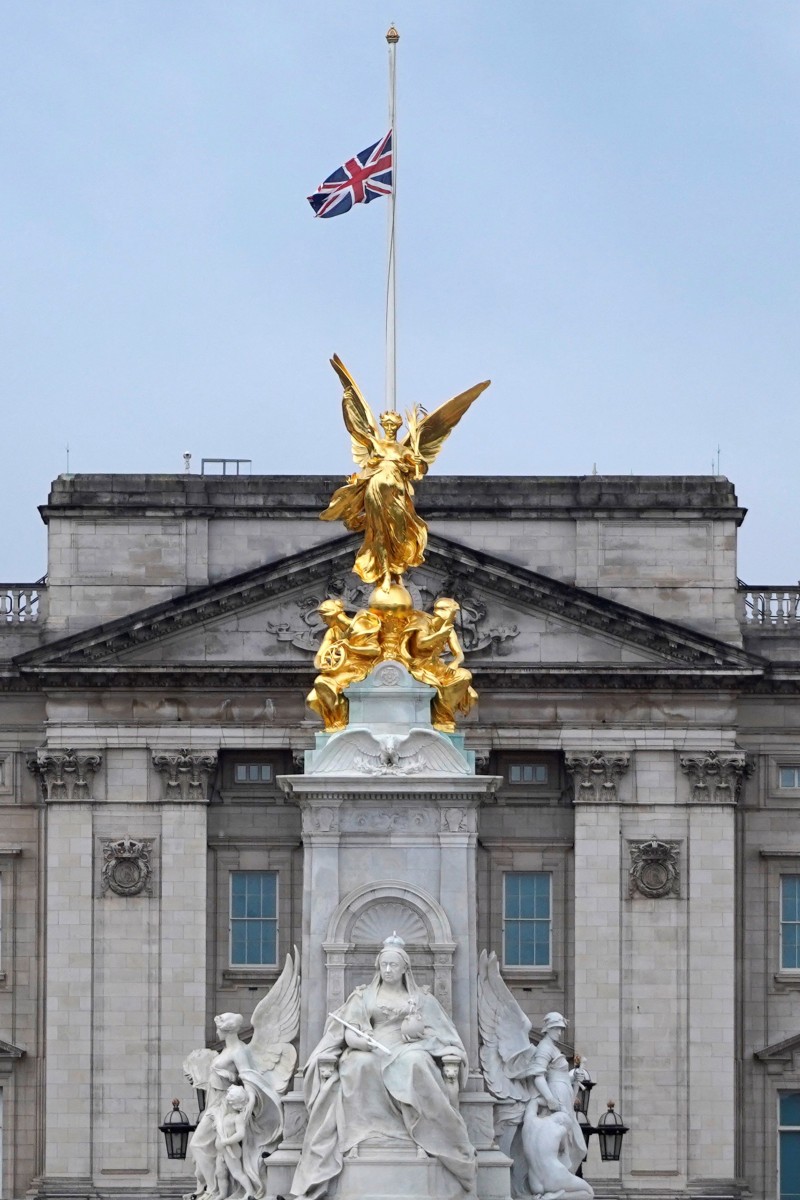
Buckingham Palace, located in the City of Westminster and official home to the monarch, is one of the most famous buildings in the world.
Despite being synonymous with the likes of the late Queen Elizabeth II and King Charles, Buckingham Palace's origins date back to a Tory politician.
The main part of the palace people see today was built by John Sheffield in 1703. John was the 3rd Earl of Mulgrave and Marquess of Normanby, and later in the same year, he was made the Duke of Buckingham.
What we now know as Buckingham Palace was officially called Buckingham House in his honour at the time.
Sign up to our free daily email for the latest royal and entertainment news, interesting opinion, expert advice on styling and beauty trends, and no-nonsense guides to the health and wellness questions you want answered.
There's a shocking amount of windows at Buckingham Palace
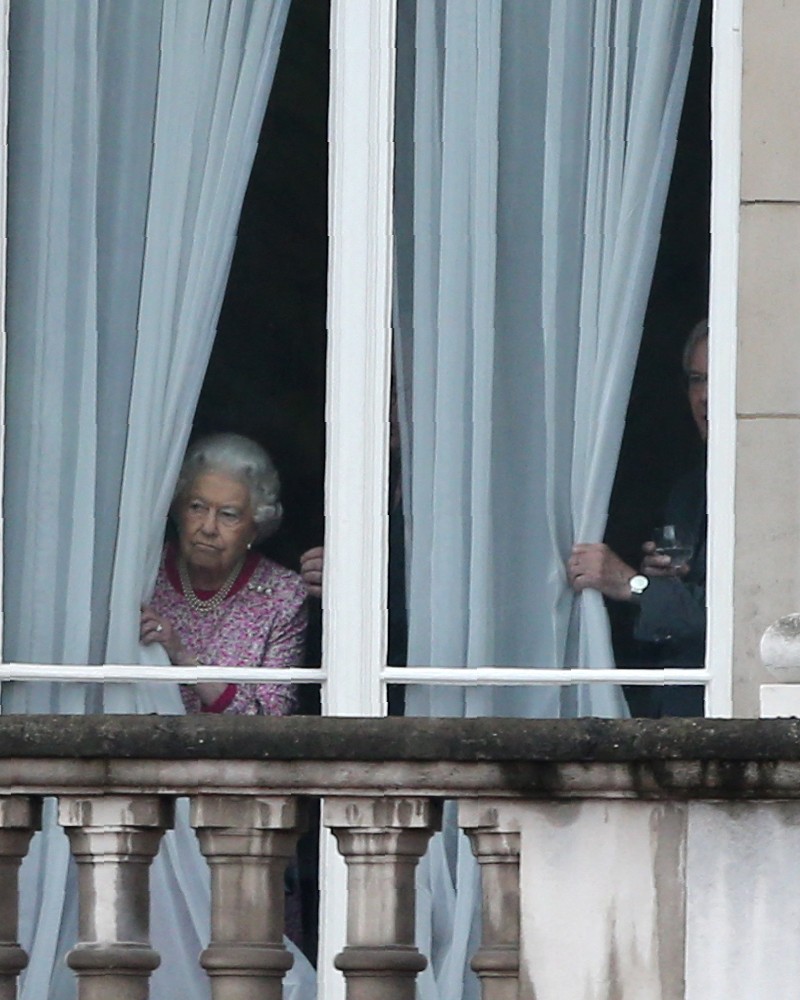
A good bit of trivia to know - there are 760 windows in Buckingham Palace. These windows get cleaned once every six weeks.
But that's not the only notable bit of glasswork going on. One of the most famous features many don't get to see which resides inside Buckingham Palace is the dome above the grand staircase.
The marvellous display has 40 panes of glass and is etched with figures of angels.
Buckingham Palace requires over 800 members of staff
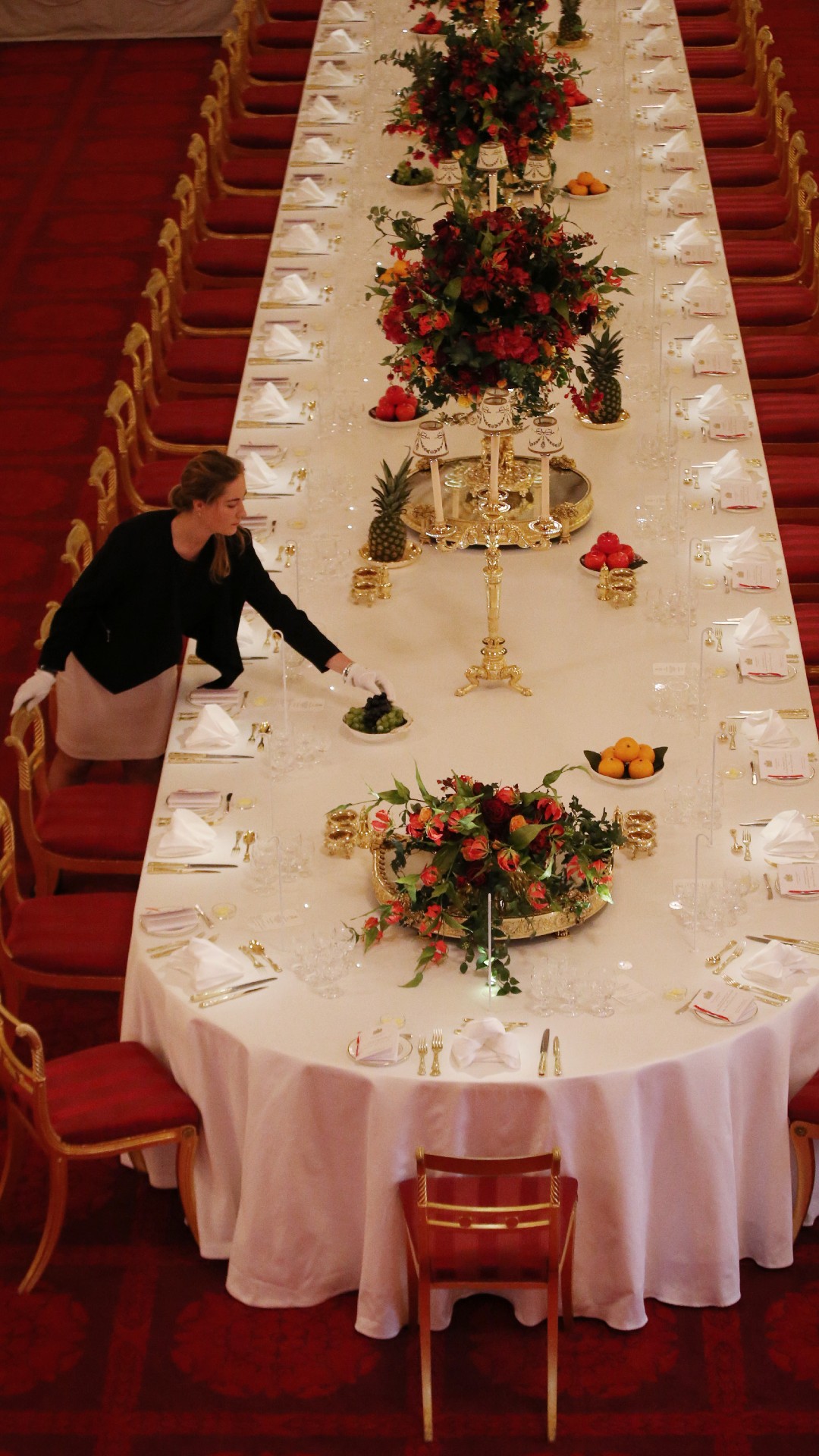
It's widely reported that over 800 people are employed by Buckingham Palace, but that figure might not be as excessive as it seems when factoring in just what goes down in the Westminster Palace.
Not only are an estimated 50,000 people welcomed to the Palace throughout the year - including various heads of state - the palace also houses some royal offices, including those who work for Anne, the Princess Royal.
When you include the fact that there's a doctor's surgery, post office and private police station, it's no surprise so many people consider the Palace their office.
The late Queen lived there for decades, but Buckingham Palace wasn't her favourite
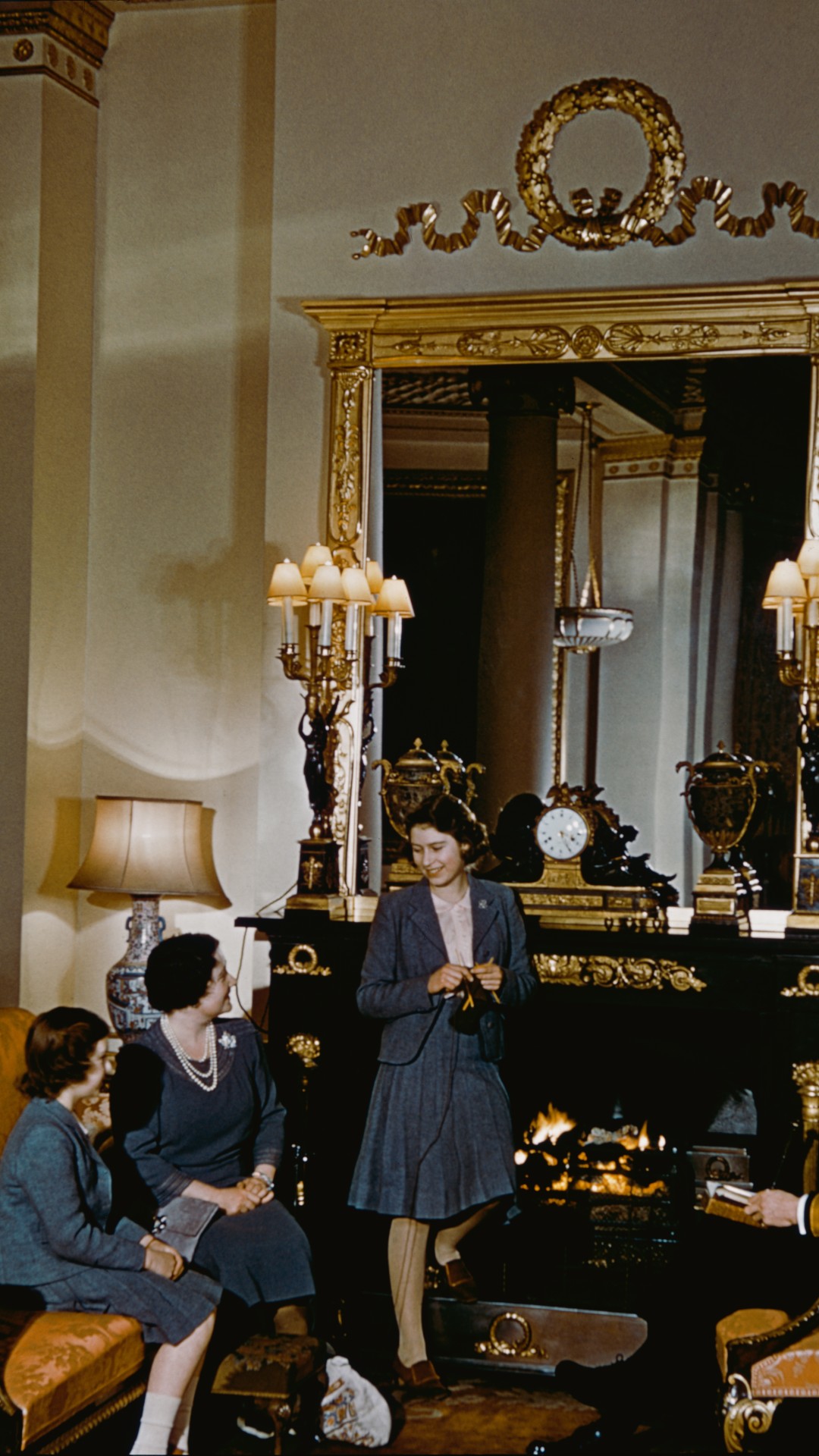
Buckingham Palace has served as the official London residence of the British sovereign since 1837.
This means the late Queen Elizabeth would've lived in the palace since her father became King in 1936, and it was considered her main residence until her death in 2022.
However, it was commonly suggested Her Majesty preferred Windsor Castle. Indeed, when her health was declining in 2021, she officially made Windsor her full-time residence.
As per Tatler, this was something she wished for as early as 1953, when she wrote to the politician Sir Harold Nicolson and told him that she preferred Windsor to London and Sandringham as 'all her happiest childhood memories were associated with the castle and the park.'
There's over 700 rooms in Buckingham Palace
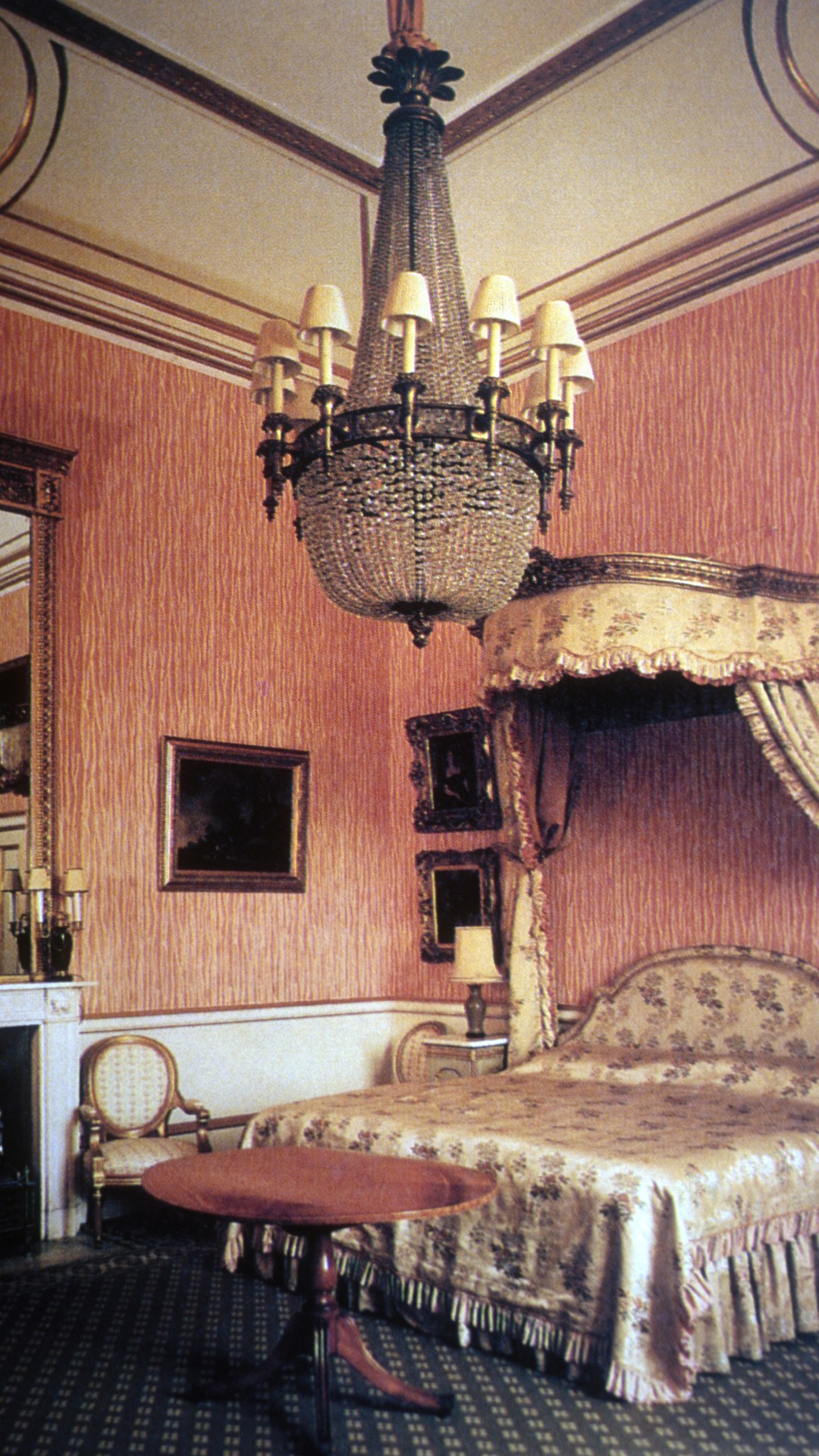
To be exact, Buckingham Palace houses a staggering 775 rooms and 78 bathrooms (and this is why there are said to be over 40,000 lightbulbs used in the palace).
Of the 700+ rooms, there are 188 staff bedrooms, 92 offices, 78 bathrooms, 52 royal and guest bedrooms, and 19 State Rooms.
Buckingham Palace was bombed several times
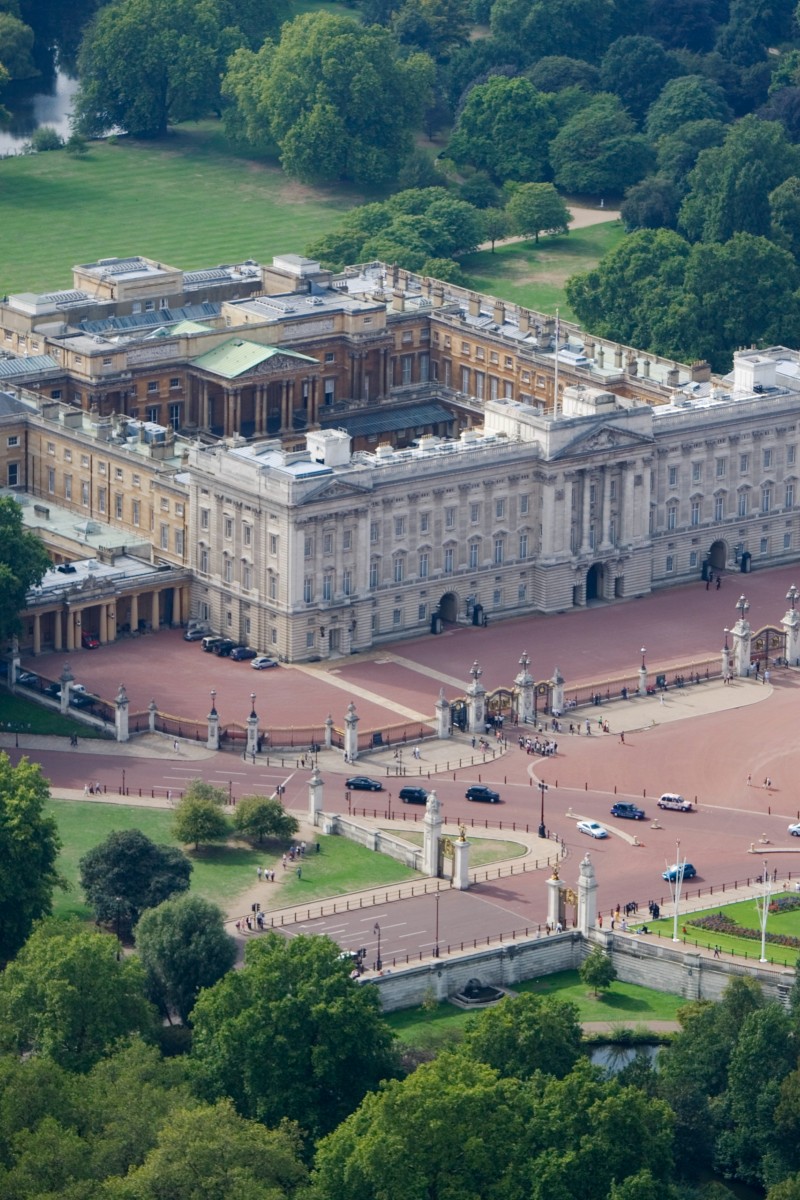
During World War Two, Buckingham Palace was hit by NINE direct bombs.
The Royal Chapel, inner quadrangle, Palace gates, and the Victoria Memorial were all hit by the bombs. Four members of staff were injured, and one died from the injuries.
Despite this, King George VI and Queen Elizabeth were praised for refusing to abandon the capital during their time of need, choosing to stay and have Princesses Elizabeth and Margaret be seen on the streets to boost morale.
Buckingham Palace houses the largest private garden in London
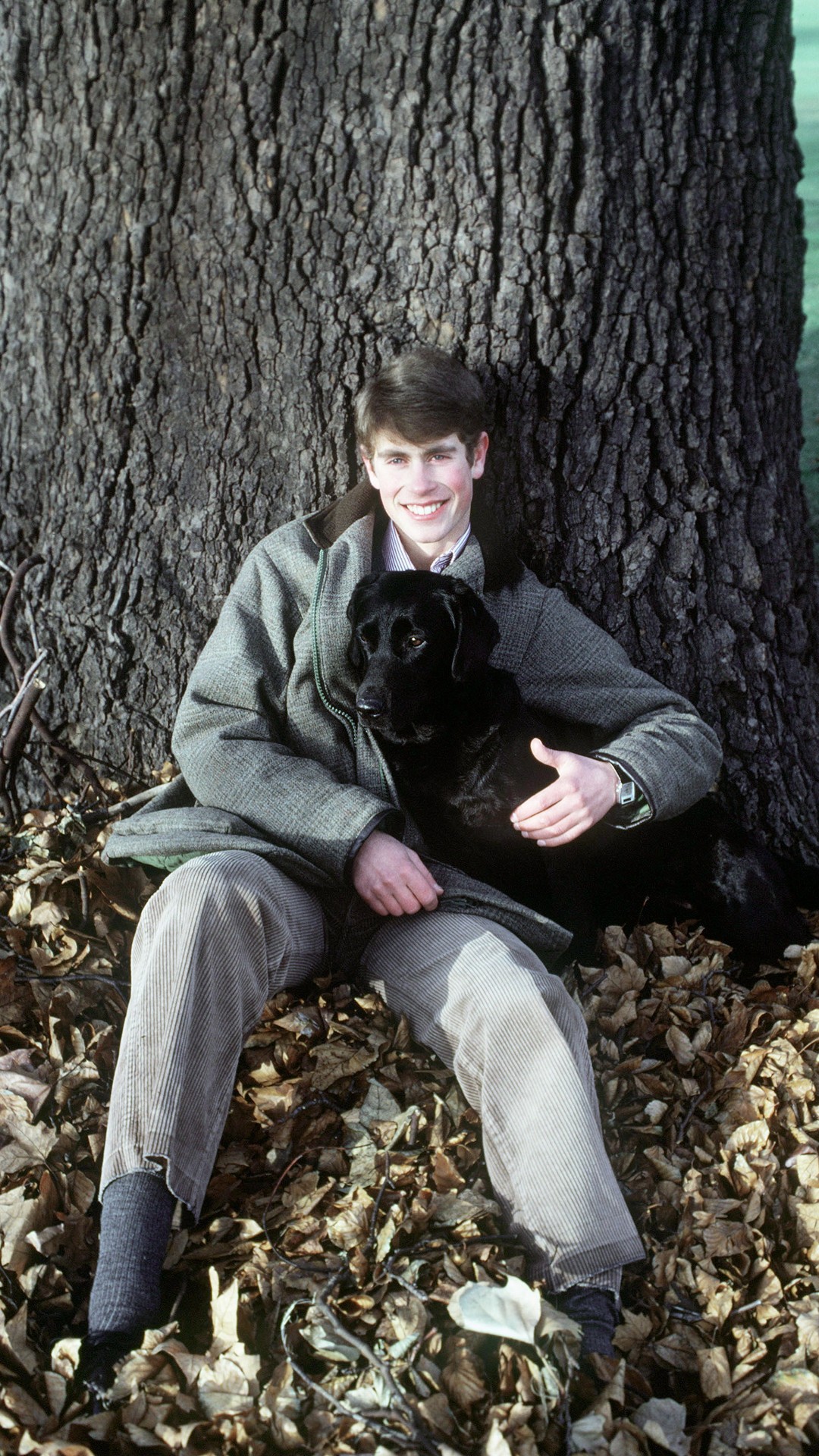
Buckingham Palace’s 39-acre garden is the capital city's largest private garden.
For over 200 years the garden has been used by the Royal Family for official events, including the annual Garden Parties.
The grounds include 325 wild plant species, 30 species of breeding birds, and over 1,000 trees, including 98 plane trees and 85 different species of oak.
There are allegedly secret tunnels underneath Buckingham Palace
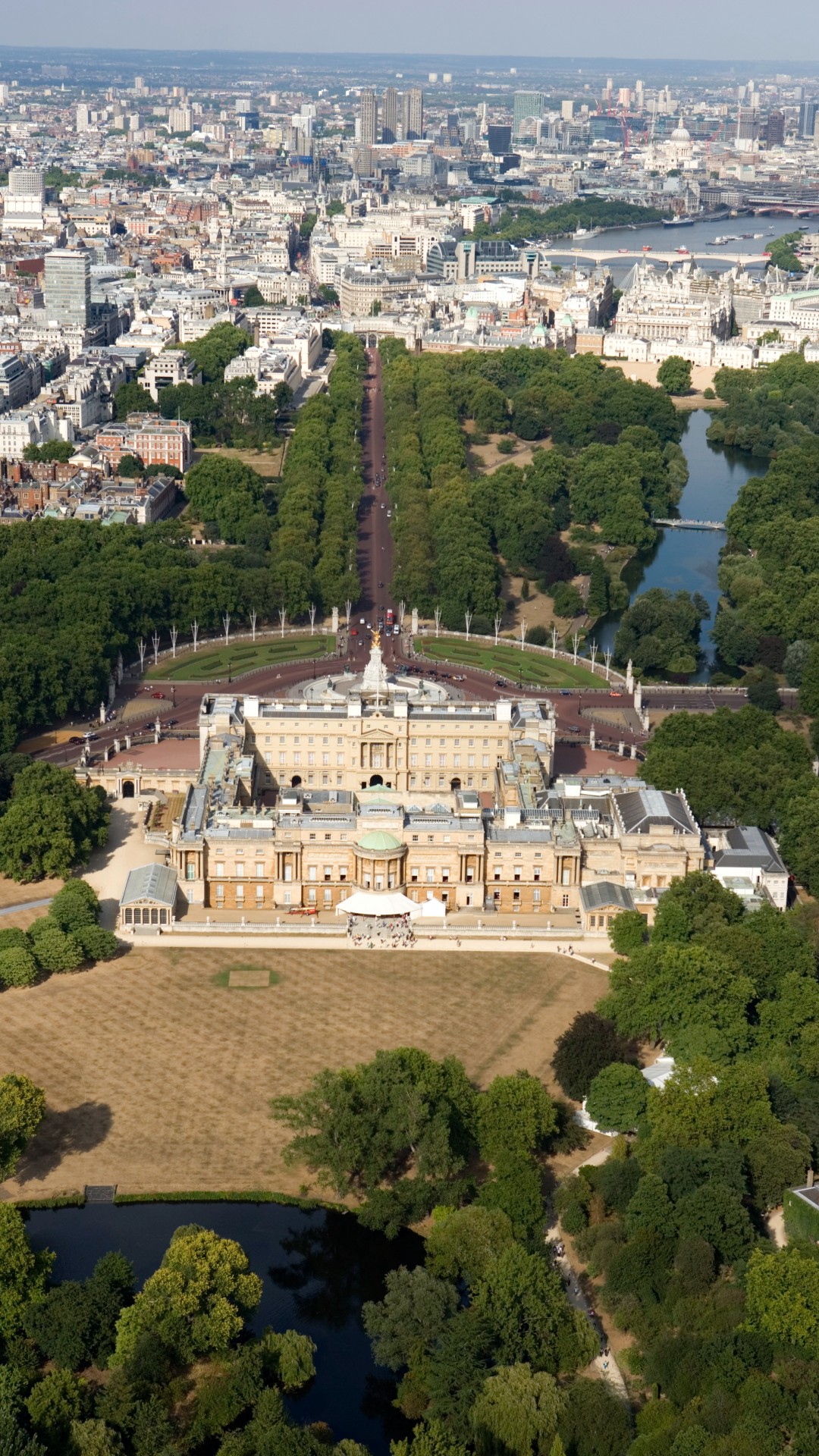
Long discussed in conspiratorial tones, there are theories of secret tunnels connecting Buckingham Palace to various important buildings.
Some have suggested it connects the Palace to the Houses of Parliament and Clarence House, while others - including Princess Beatrice's husband, Jack Brooksbank - have teased that they connect to swanky bars.
Chatting with the Daily Mail, Jack, who lived with the princess at St James’s Palace before their marriage, reportedly let slip that there was a tunnel from there to the swanky bar on Little St James’s Street.
"I haven’t used it yet, but I’d love to check it out," said James.
A man was caught living in the tunnels beneath the palace
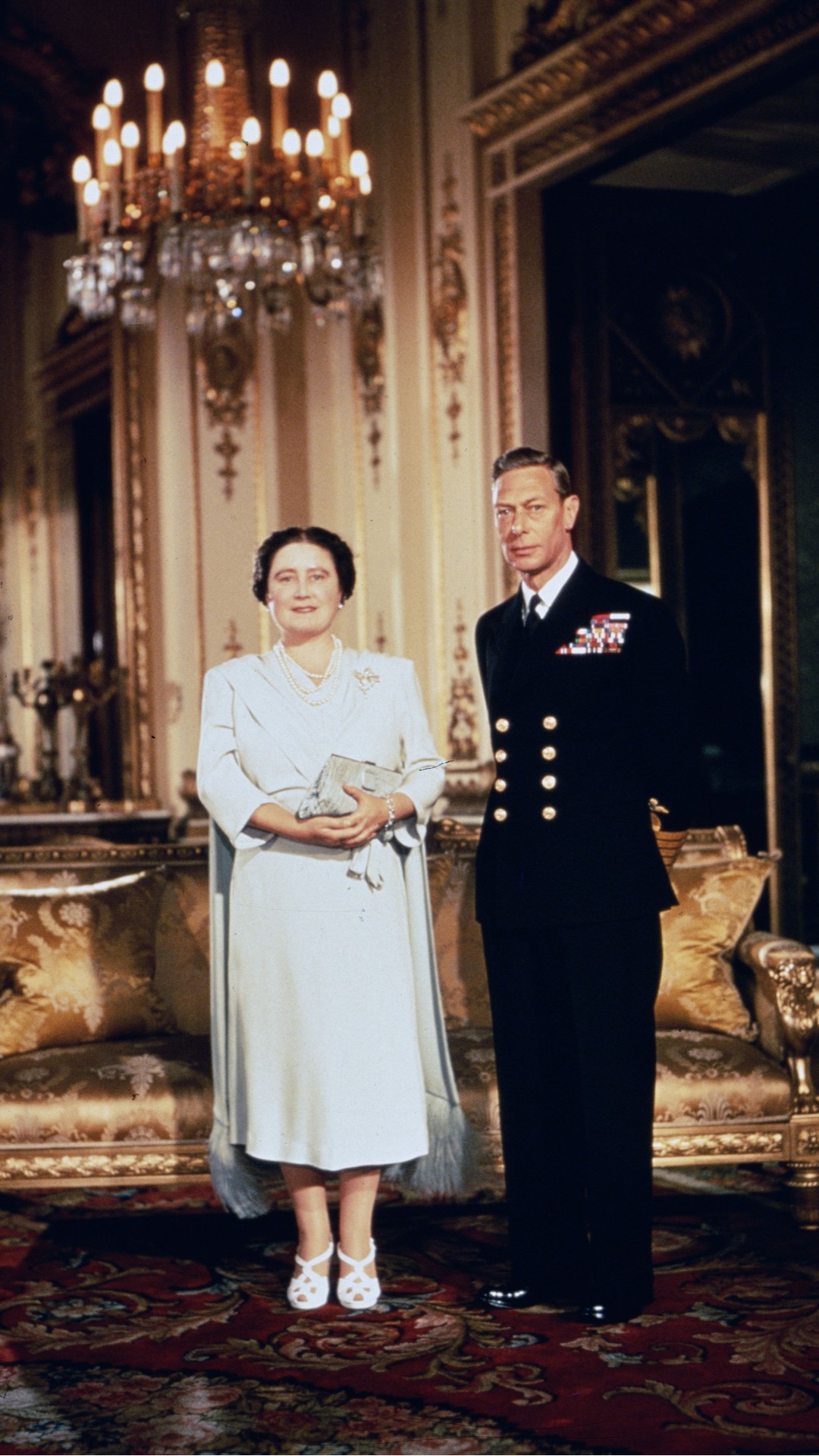
Giving more credence to the rumours, there's a commonly quoted story involving the late Queen's parents - King George VI and Queen Elizabeth - actually bumping into someone who had been living in the tunnels.
Per The Telegraph, the King and Queen were shocked to discover a man living in the tunnels beneath the Palace - and he was apparently "very courteous".
Michael Fagan famously broke into Buckingham Palace
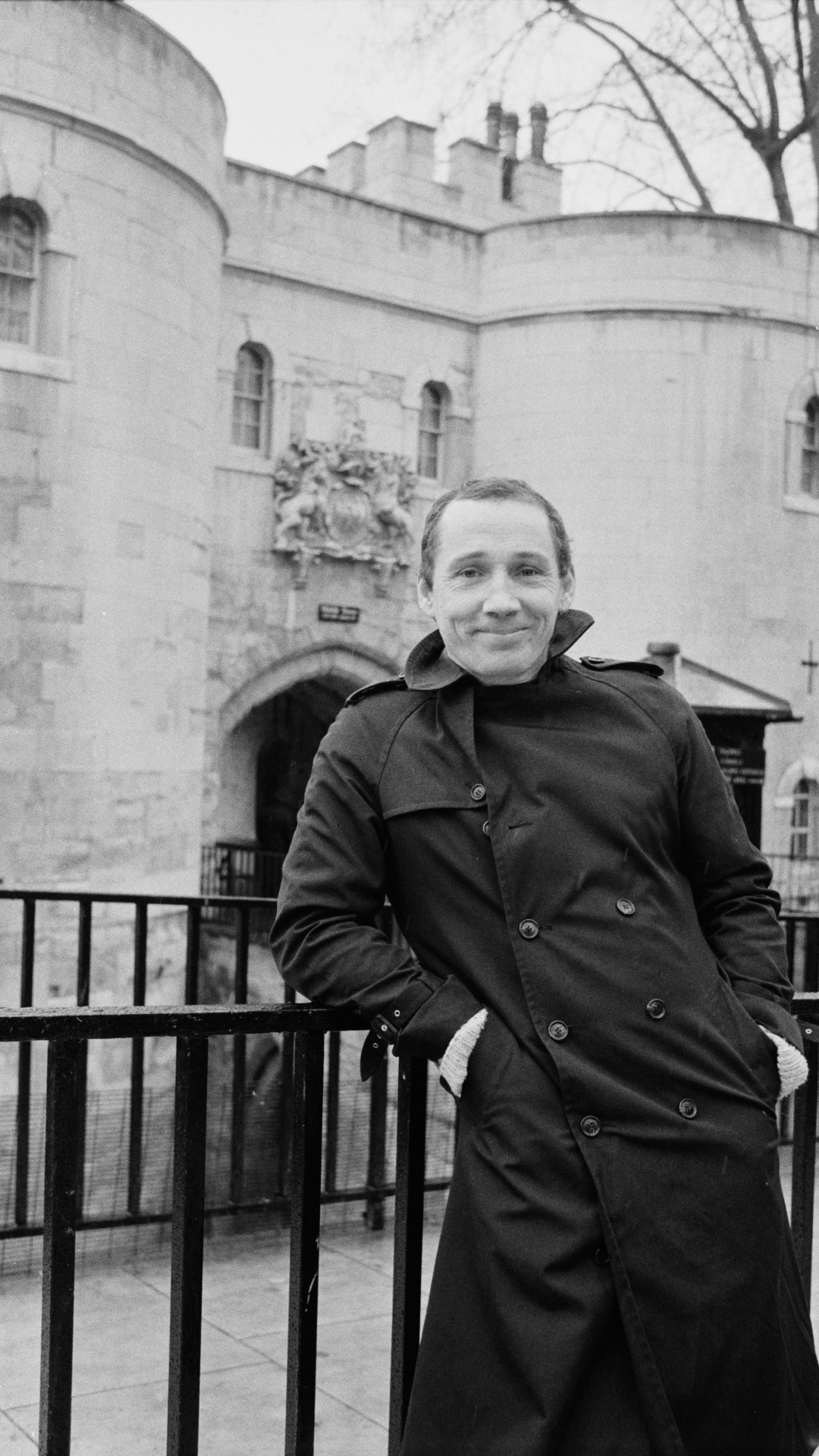
In 1982, Michael Fagan broke into Buckingham Palace twice.
The first entry saw him sit and observe royal portraits, with claims that he even sat on a throne. He drank a half bottle of white wine.
He came back a second time. On July 9, 1982, Fagan scaled Buckingham Palace's 14-foot-high perimeter wall and climbed up a drainpipe.
He wandered the corridors for several minutes before cutting his hand after breaking an ashtray and entering the bedroom of Queen Elizabeth II with a fragment of glass.
Despite some urban legends suggesting he sat on the edge of her bed, Fagan said in a 2012 interview with The Independent that she left the room immediately to seek security.
A child managed to break in to Buckingham Palace on three different occasions!
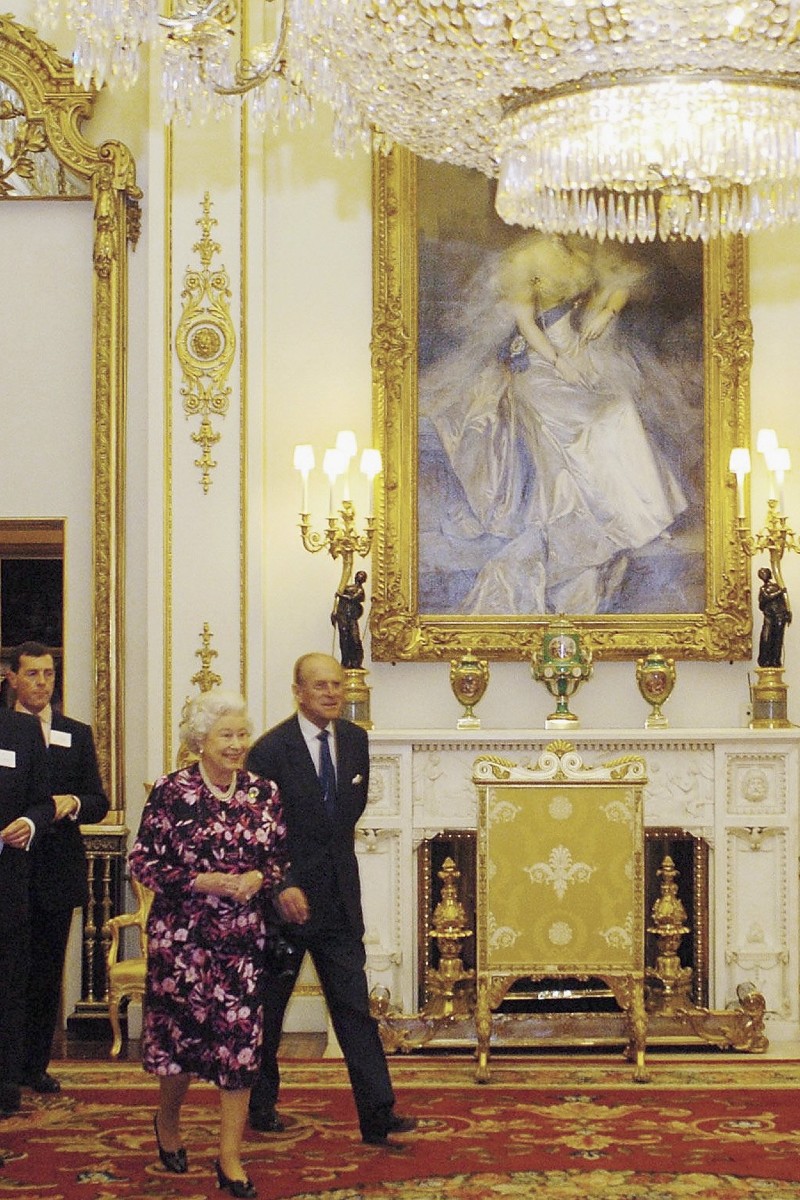
Break-ins at Buckingham Palace should seem unimaginable, but before Michael Fagan's 1982 stunts, a child beat him to it centuries earlier.
Edward Jones - or, as history has him know, The Boy Jones - became notorious for breaking into Buckingham Palace several times between 1838 and 1841.
He was fourteen years old when he first trespassed in December 1838. He broke in again in 1840, ten days after Queen Victoria had given birth to Princess Victoria.
For his crimes, he was sentenced to three months' hard labour at Tothill Fields Bridewell prison. He was released in March 1841... only to break back in two weeks later, where he was caught stealing food.
One royal took their first and last breath at Buckingham Palace
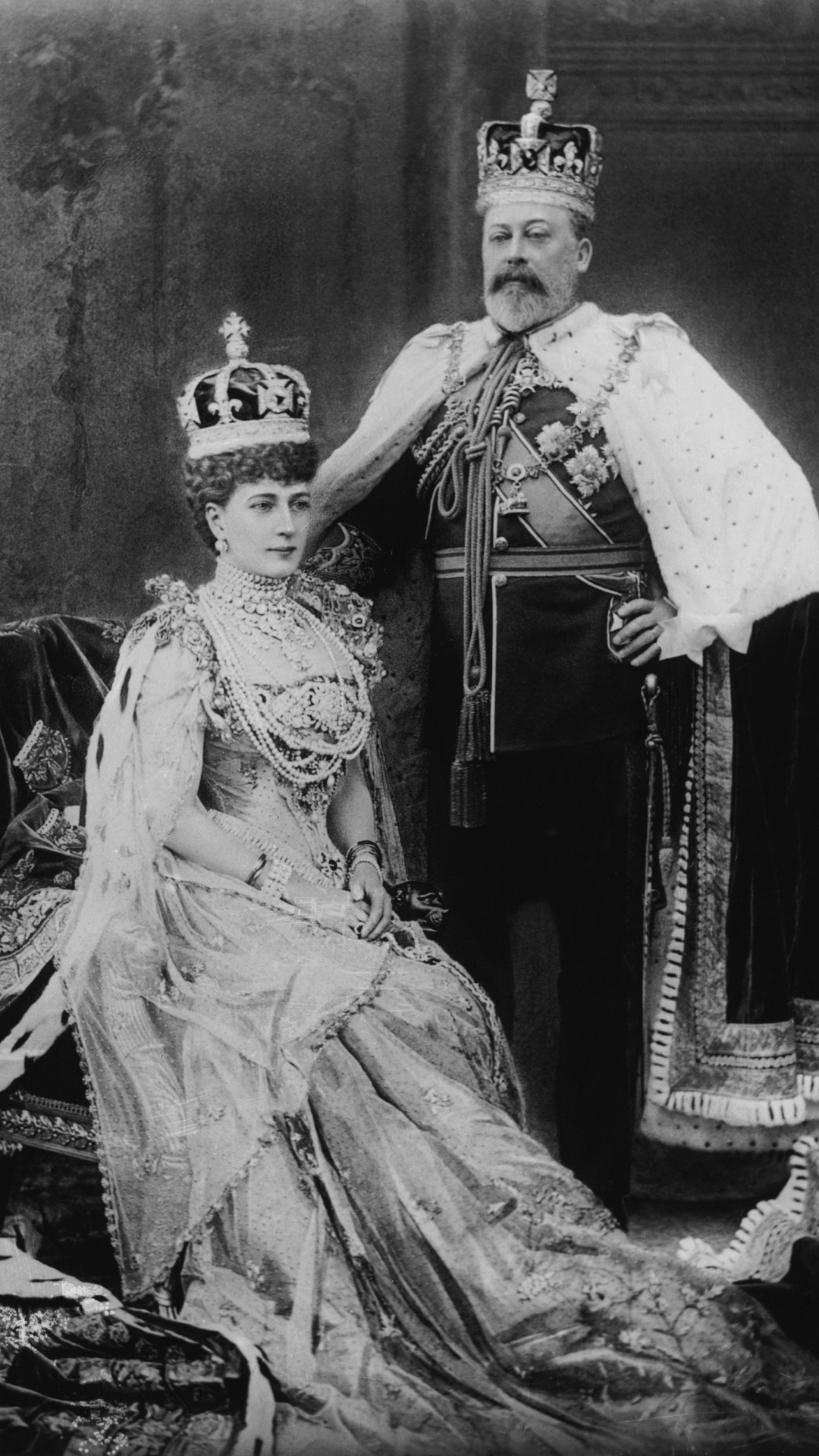
Edward VII holds a rather ominous title - being the only person who was both born and died at Buckingham Palace.
The eldest son of Queen Victoria and Prince Albert, Edward was born in the Palace in 1841, four years after Buckingham Palace became the official residence of the monarch in 1837. He died in 1910.
Buckingham Palace staff guards wear red for a reason

The iconic red uniforms that the guards wear are a huge component of the pomp and ceremony of annual events like Trooping the Colour, the monarch's birthday parade.
The uniforms were chosen for two very practical reasons - and one of them is surprisingly frugal.
Red was one of the cheapest dyes to manufacture, making them more economical to mass produce.
Another reason relates to military strategy. Red is said to be the most difficult colour to distinguish from a distance. The opposing armies or any potential threats would, it's thought, experience difficulty identifying just how many British Soldiers they were about to fight in a blur of red.
The largest room in Buckingham Palace is the Ballroom
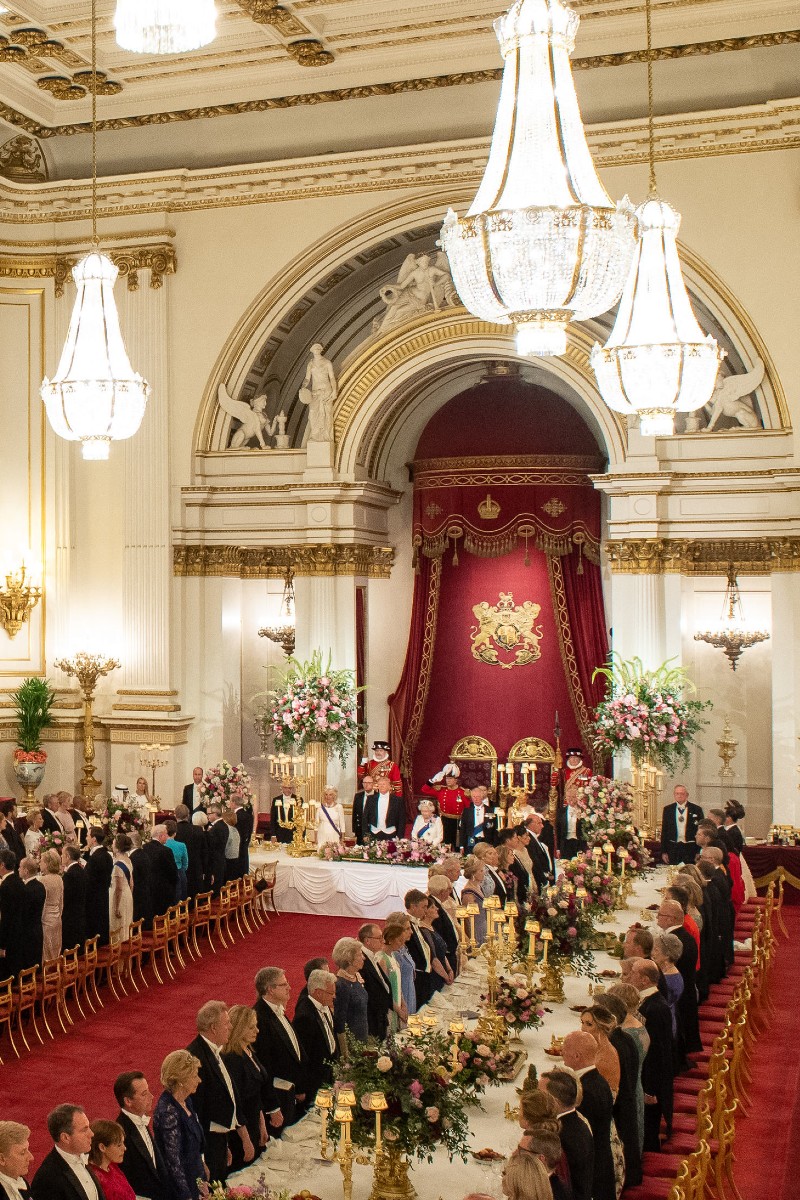
Of the many, many lavish rooms, the Ballroom at Buckingham Palace is a focal masterpiece.
Measuring 36.6 metres long, 18 metres wide, and 13.5 metres high, it is the largest room in the iconic palace and is decorated for some of the most prestigious events. State Banquets are often held here, with the likes of Presidents Obama and Trump enjoying a fine display of decadence during their official visits.
The first celebration ever to be held in the spectacular ballroom was a celebration of the end of the Crimean War, and it was the first room in the Palace to install electric lightbulbs!
Queen Victoria started a favourite tradition in 1851
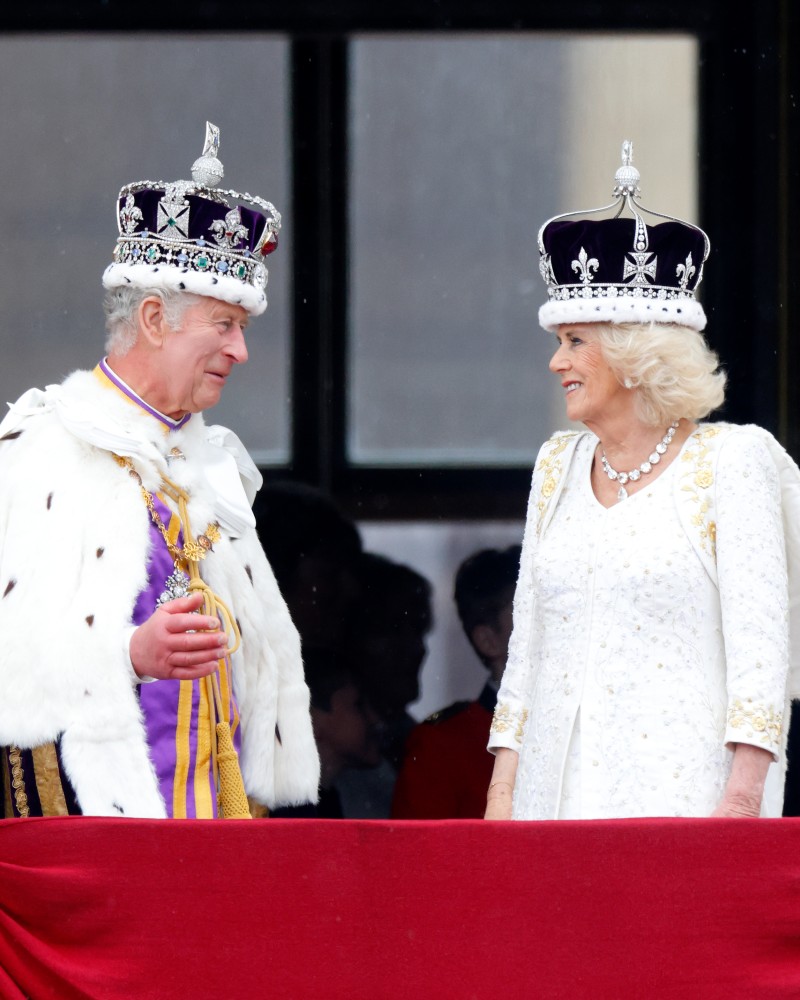
In 1851, Queen Victoria made the first ever public appearance on the balcony of Buckingham Palace.
Every royal fan awaits the iconic balcony shots, be it after the Trooping the Colour parade each year or after momentous occasions like a Royal Wedding.
King Charles and Queen Camilla carried on this tradition from Queen Victoria when they waved to the crowds after Charles' 2023 Coronation, the first Coronation in 70 years.
The great-great-grandmother of the late Queen Elizabeth II, Victoria's reign was similarly iconic and historic. In fact, she held the title of the longest-ever reign - 63 years and seven months - until the late Queen surpassed her and became the first-ever monarch to celebrate a Platinum Jubilee in 2022. This marked 70 years on the throne.
Kensington Palace became a royal residence because of asthma
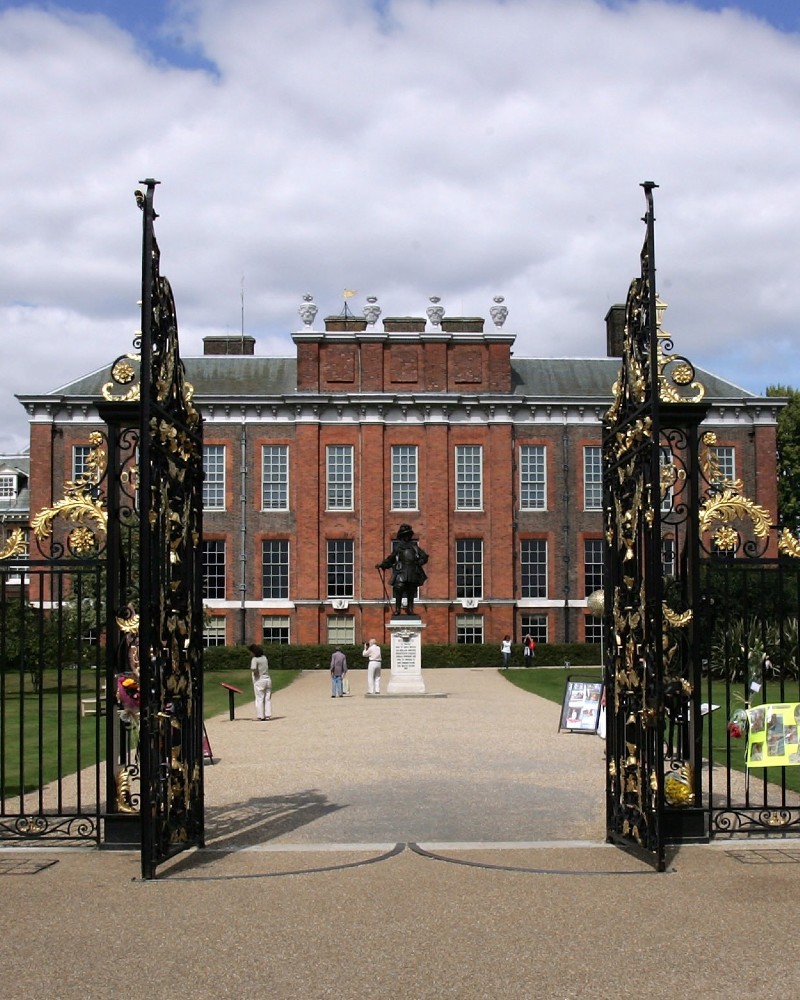
Kensington Palace was built in 1605 and was originally a humble (in royal standards) two-storey mansion.
It was built in the Jacobean style by Sir George Coppin, and at the time, Kensington wasn't considered a borough but a village outside of London.
It became one of the royal residences in 1689, when King William III bought the property because it better suited his fragile health.
As an asthmatic, London's infamous fog and other environmental factors worsened his health.
Kensington Palace has been home to the most royals
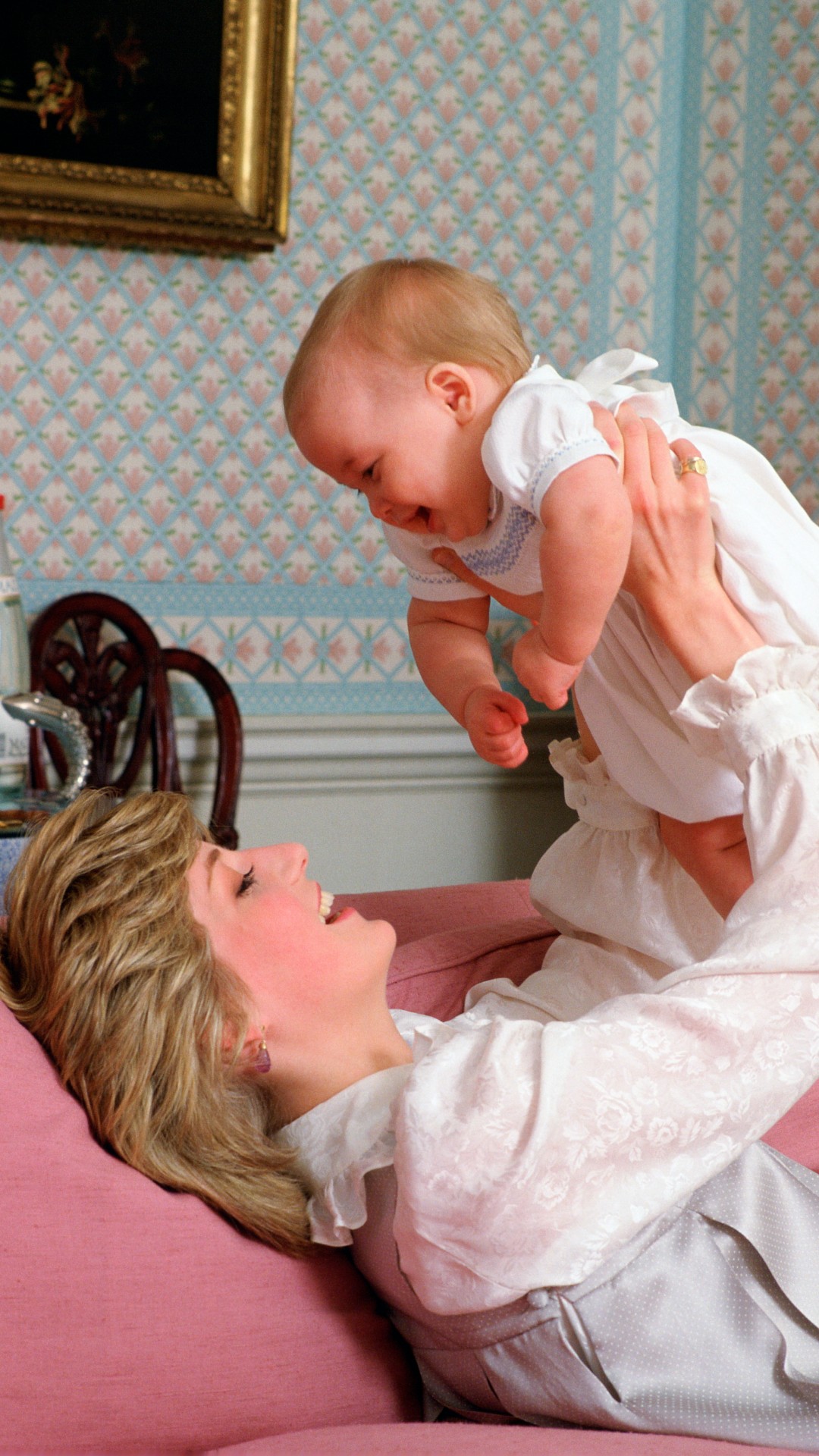
In terms of revolving residents, more royals have lived at Kensington Palace than any other of the palaces or stately homes.
And this is partly because Kensington Palace isn't actually just one home, but a series of several apartments.
It was most famously the marital home of Princess Diana and the then Prince Charles, and where Diana raised her sons, Princes William and Harry. She stayed even after divorcing Charles. Other previous tenants include the glamorous Princess Margaret.
Current residents include Prince William and Kate Middleton when in London, the Duke and Duchess of Gloucester, the Duke and Duchess of Kent, along with the Prince and Princess of Kent.
St James’ Palace wasn’t always intended to be one
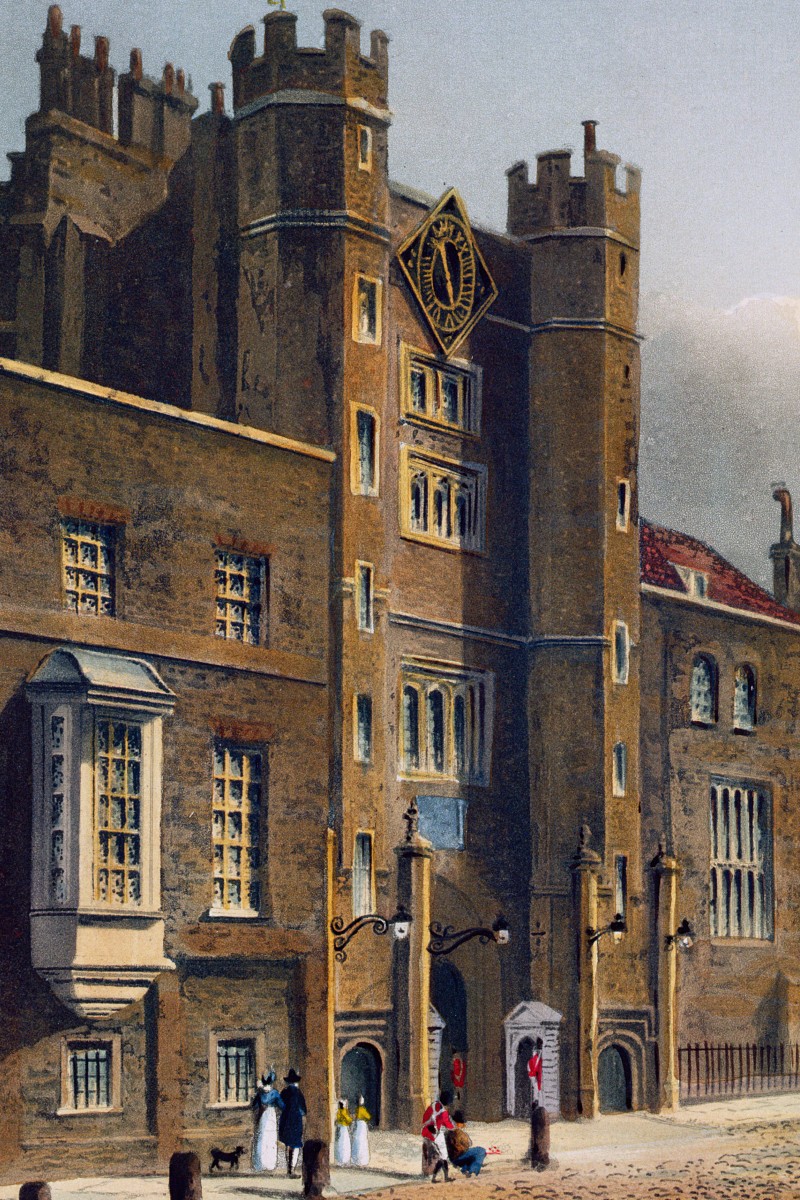
St James's Palace is the most senior royal palace in London, and it gives its name to the Court of St James's, which is the monarch's royal court.
However, the site which would become the palace was originally designated for other purposes.
The Hospital of St James was a Leper hospital founded in the 12th century. Hard to believe, but London - which is now a densely populated capital of culture - was chosen for Leper hospitals as it was considered a more isolated location.
St James’s Palace was once the official home of the monarch

When Whitehall Palace was destroyed by a fire in 1698, St James’s Palace became the official home of the monarch until Queen Victoria moved into Buckingham Palace in 1837.
The lavish State Rooms - which includes where William and Kate announced their engagement - were damaged in a fire
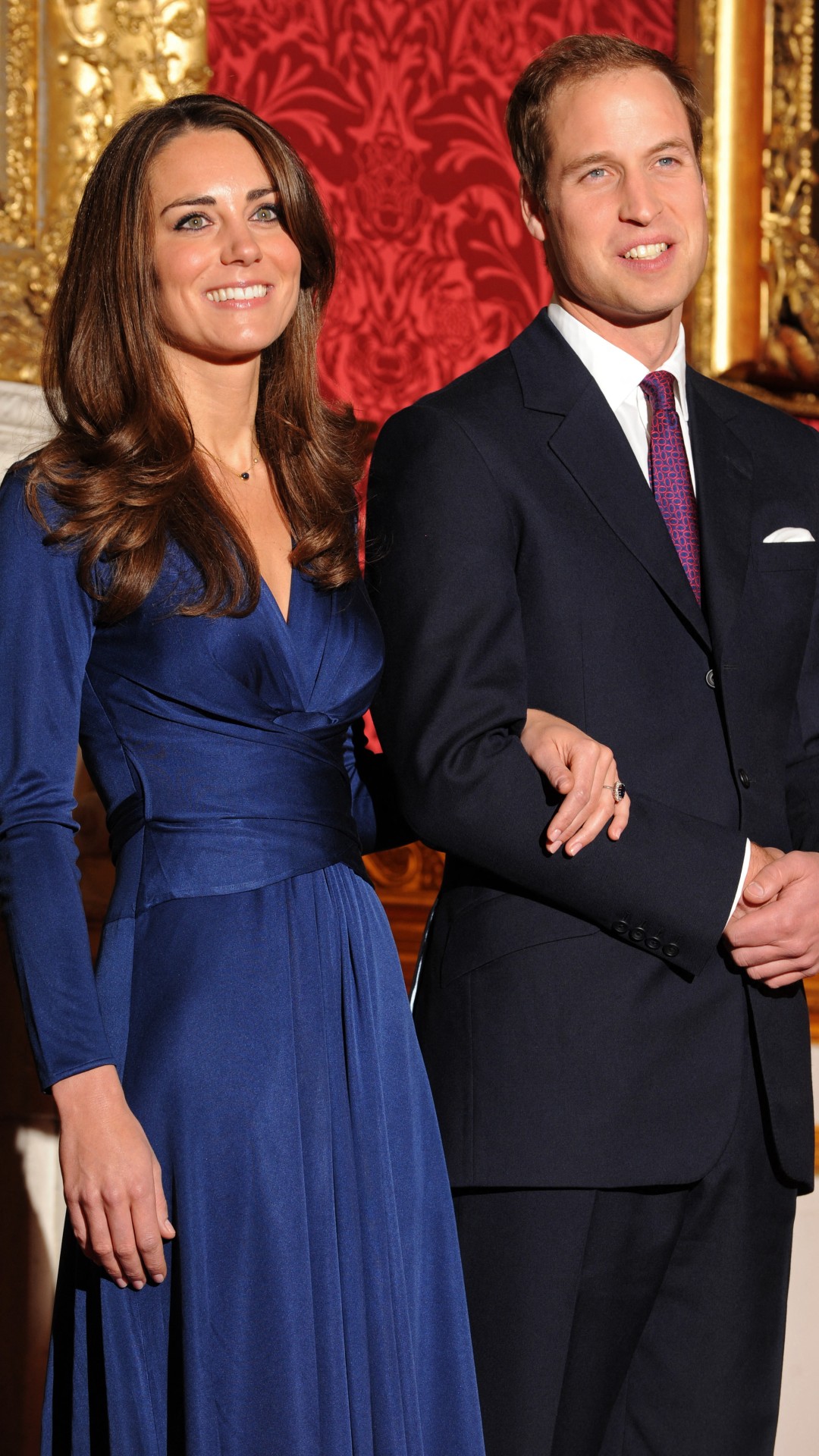
In 1809, parts of St James's Palace were destroyed by a fire, believed to have been started by a candle in the staff quarters.
The State Rooms were restored to their former glory by 1813.
Royal fans have got to see inside these glorious State Rooms on past occasions, such as Prince William and Kate Middleton choosing to announce their engagement in 2010 from inside one.
St James’s Palace has been the location of many important milestones
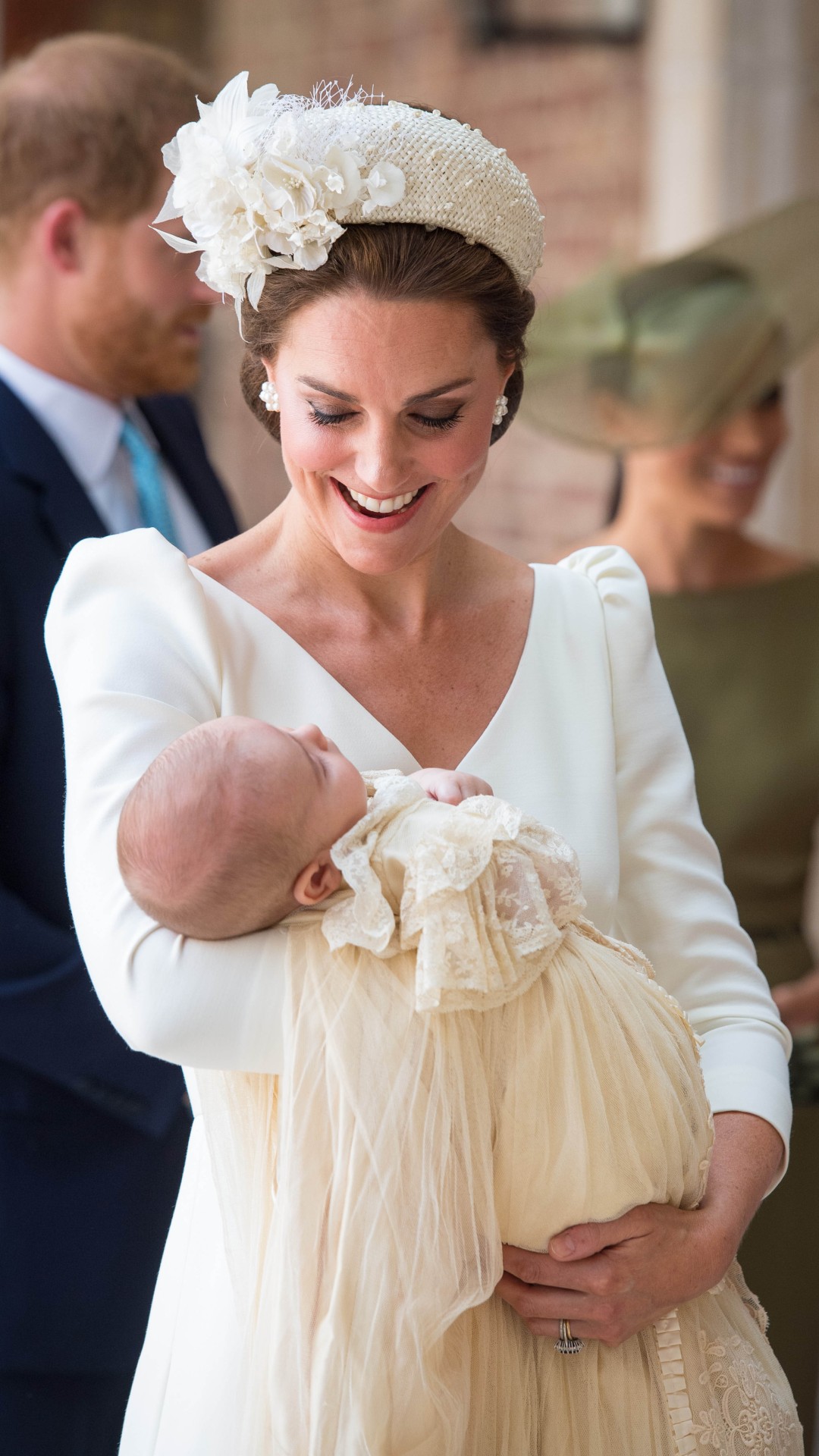
Perhaps owing to its title as the most senior of the royal palaces, St James's is often the sight of many of the Royal Family's most sentimental moments.
The Chapel Royal is steeped in royal history, while still being a regular working chapel.
Queen Victoria married Prince Albert in the Chapel, Kate Middleton had Prince George and Prince Louis christened there and King Charles's accession to the throne was announced in the chapel.
The Accession Council proclaimed him King on the balcony at St James's Palace as trumpets blared and guns were fired from the Tower of London following the death of Queen Elizabeth in 2022.
The Tower of London was actually built as a reminder of London's defeat
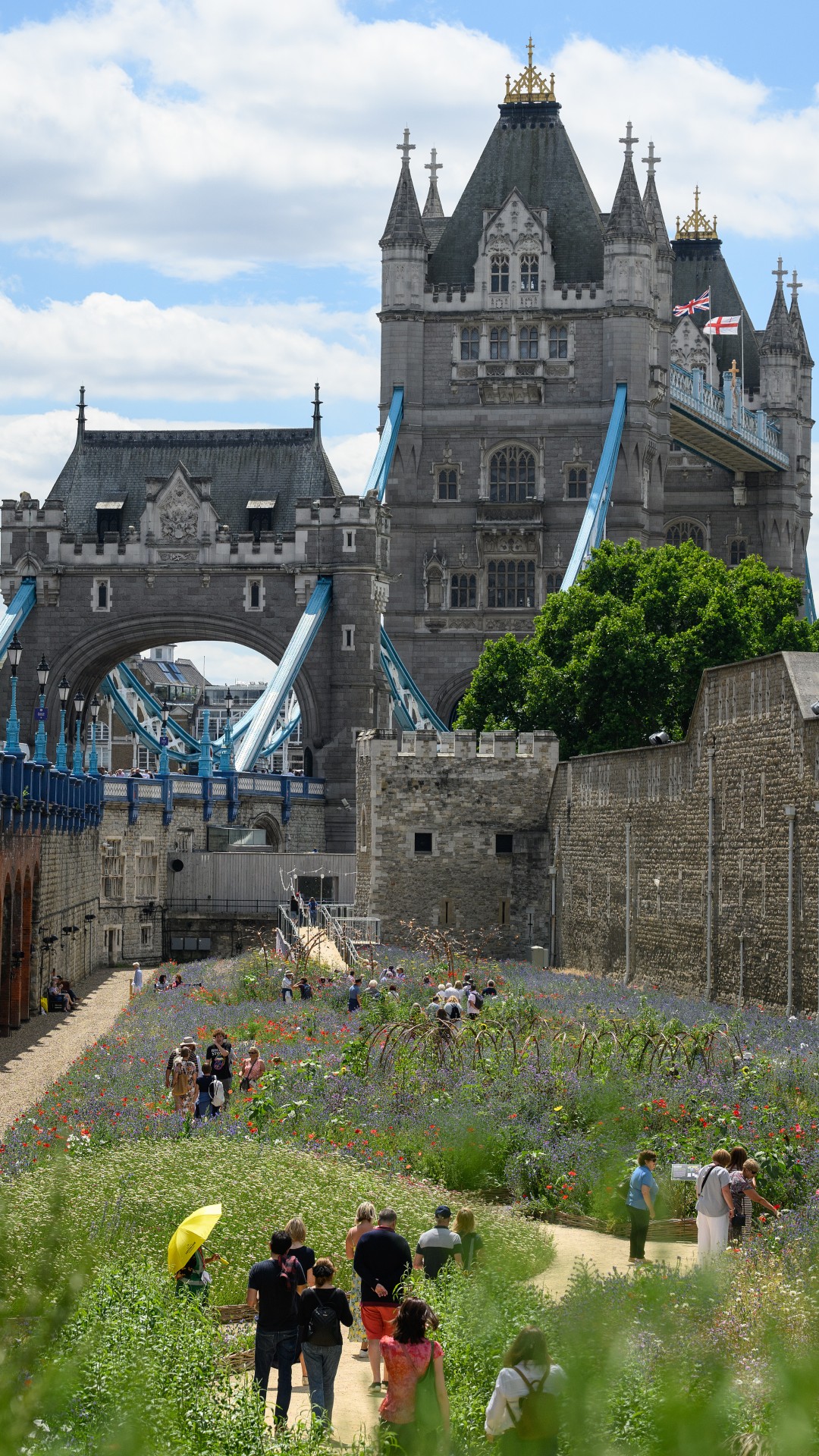
A peculiar one here. Even though the Tower of London has become such a point of pride and tourist interest for England's capital city, its very creation was essentially a slight or a warning to Londoners.
In the 1070s, William the Conqueror, lauding his victory but fearful of a rebellion, began to build the imposing stone fortress to remind defeated Englishmen of his rule.
The Tower took nearly 20 years to build. Masons arrived from Normandy, bringing with them stone from Caen in France.
Why the guards at the Tower of London are called Beefeaters
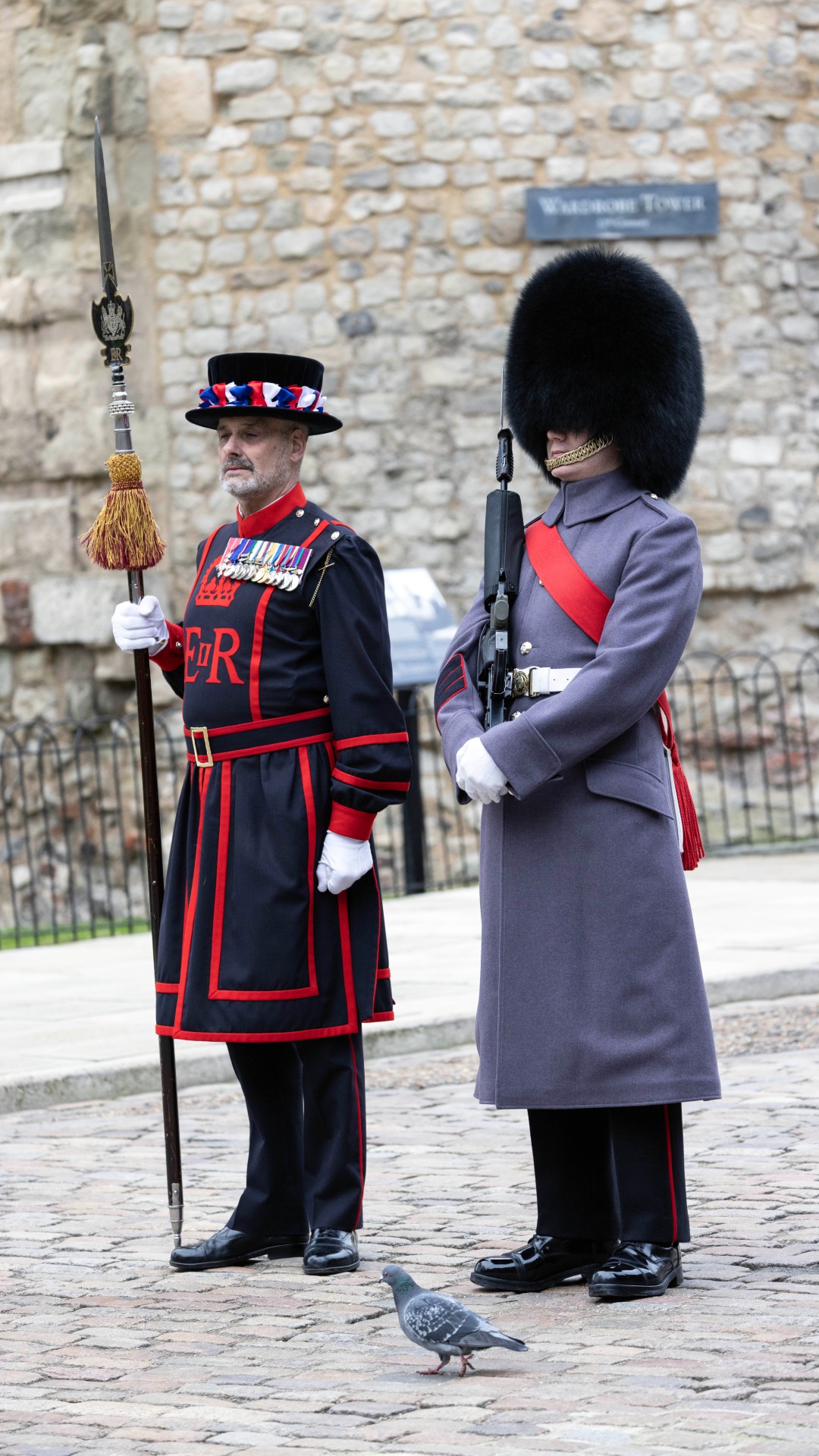
Initially a resented symbol of oppression from the Normandy king, William the Conqueror, The Tower of London was embraced by later Kings, including Richard I and Henry VIII.
Throughout the many expansions, the Tower became more important - used as everything from a prison to an armoury.
Henry VII's personal guards were the first associated with guarding the Tower, and they have become known colloquially as Beefeaters. The name originates as they were allowed to eat as much beef as they wanted from the King's table.
The Tower of London is thought to be one of the most haunted buildings
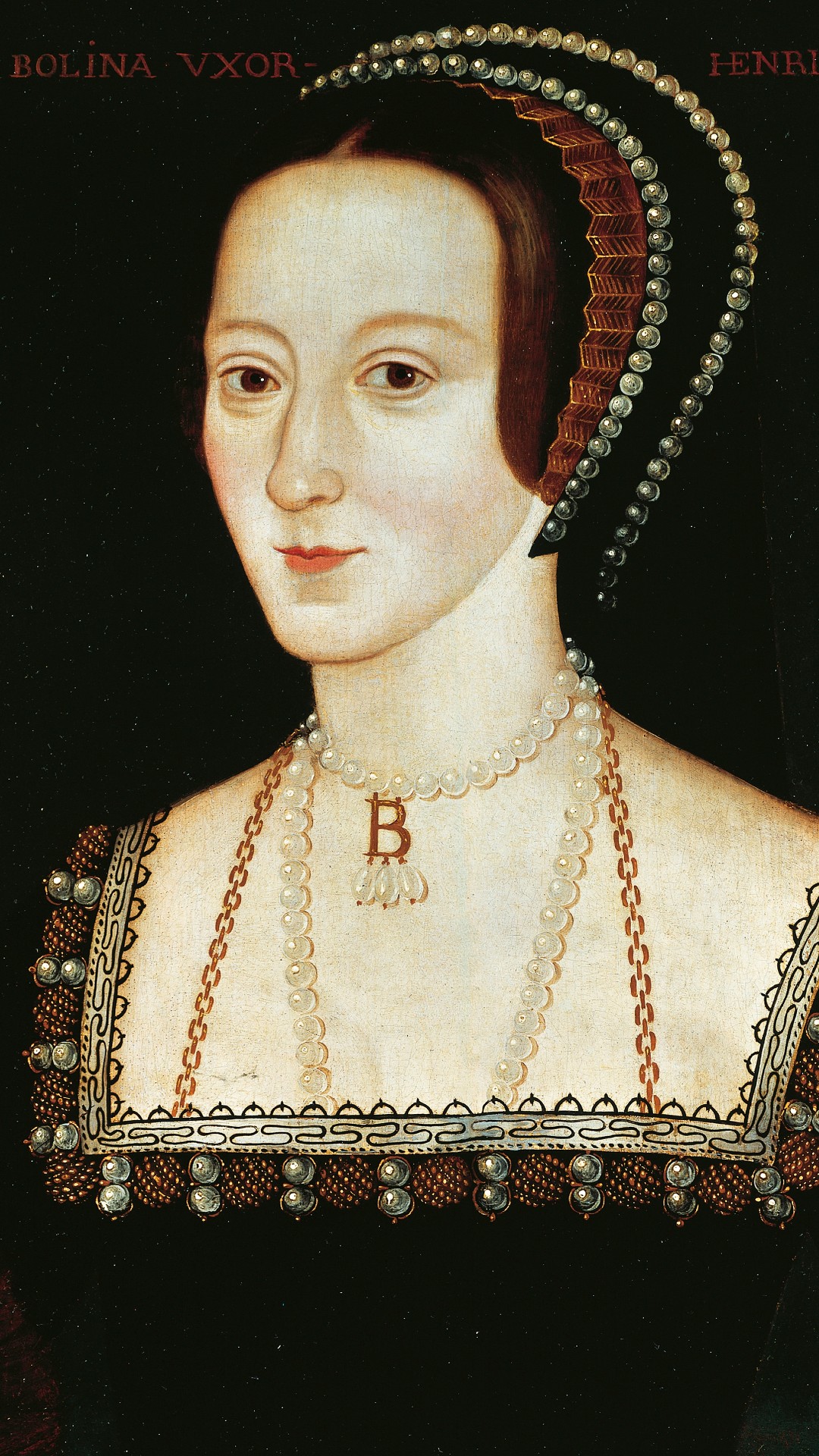
For a building as rich in history (and horror) as The Tower of London, there's no surprise it's largely cited as being one of the most haunted buildings in the country.
When going on tours of the building, people suggest the likes of Anne Boleyn - Henry VIII's second wife and first executed - is said to linger around the site of her execution on Tower Green.
Arbella Stuart, the cousin of Elizabeth I who starved while under arrest for marrying without royal permission, is said to be a frequent spectre at the Queen’s House.
Chilling tales associated with the Tower also include the infamous 'Princes in the Tower' - Edward V and his brother Richard, Duke of York, who were Edward IV's heirs and thought to have been murdered by their power-mad uncle, Richard III.
The Tower of London's iconic ravens
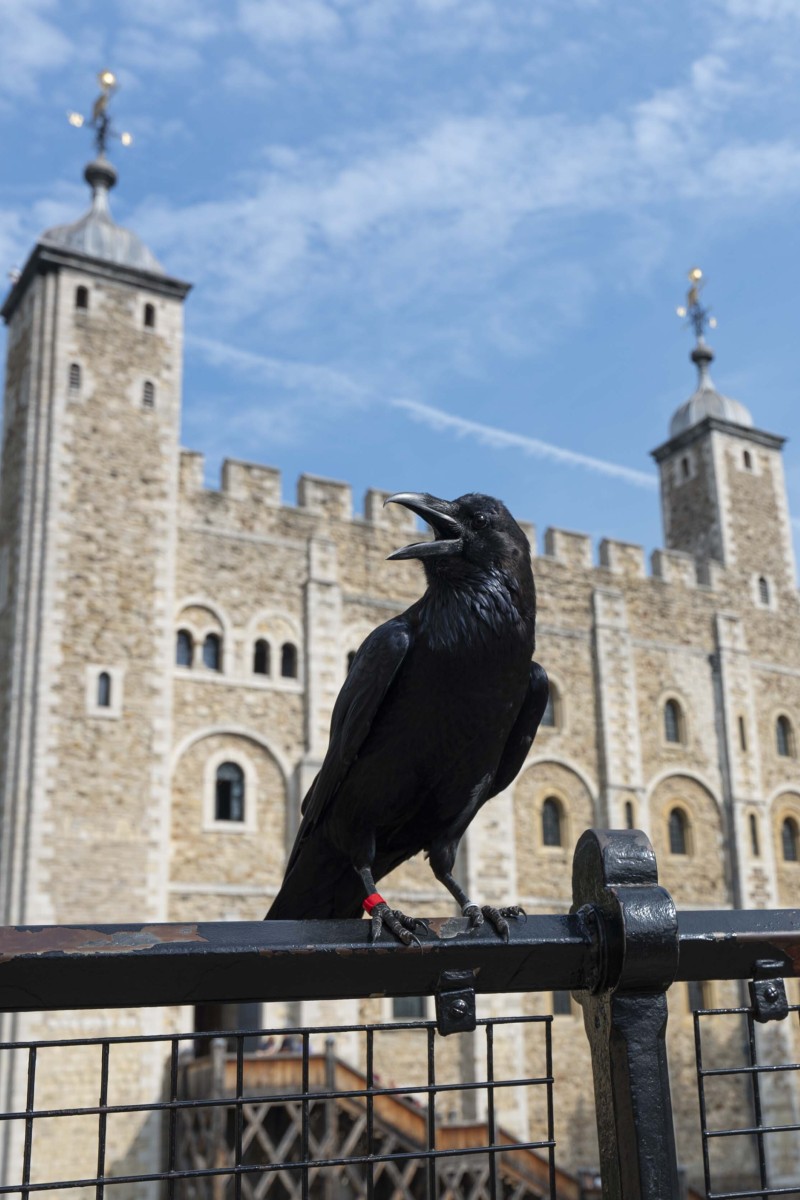
One of the most famous legends of the Tower surrounds the ravens.
Legend has it that should the ravens leave the Tower, both it and the United Kingdom will fall.
The ravens at the Tower today are cared for by a dedicated Yeoman Warder known as the Ravenmaster. And this is what many people might not know - there's some trickery going on to keep the six ravens from escaping.
Per the Royal Historic Palaces, the Ravenmaster occasionally trims some of the ravens' primary and secondary flight feathers to encourage them to stay at the Tower. They are still able to fly but, with feather trimming and a comfortable set-up, they're less likely to spread their wings and fly.
Good news for the kingdom!
The Crown Jewels are still protected in the Tower of London

The Crown Jewels are the UK's most precious treasures and perhaps the most valuable jewels in the world.
Made up of over 100 objects and over 23,000 gemstones, the Crown Jewels are priceless, and a monetary value is almost impossible to be given. However, when hazarding a guess, experts have quoted anything from £3 billion to £5 billion - not taking into account the deeply significant historical value.
The Crown Jewels have been protected at the Tower of London since the 1660s. It's reported that the jewels sit behind bombproof glass and are under watch by over 100 hidden cameras at all time.
Hillsborough Castle is the royal's Northern Irish home
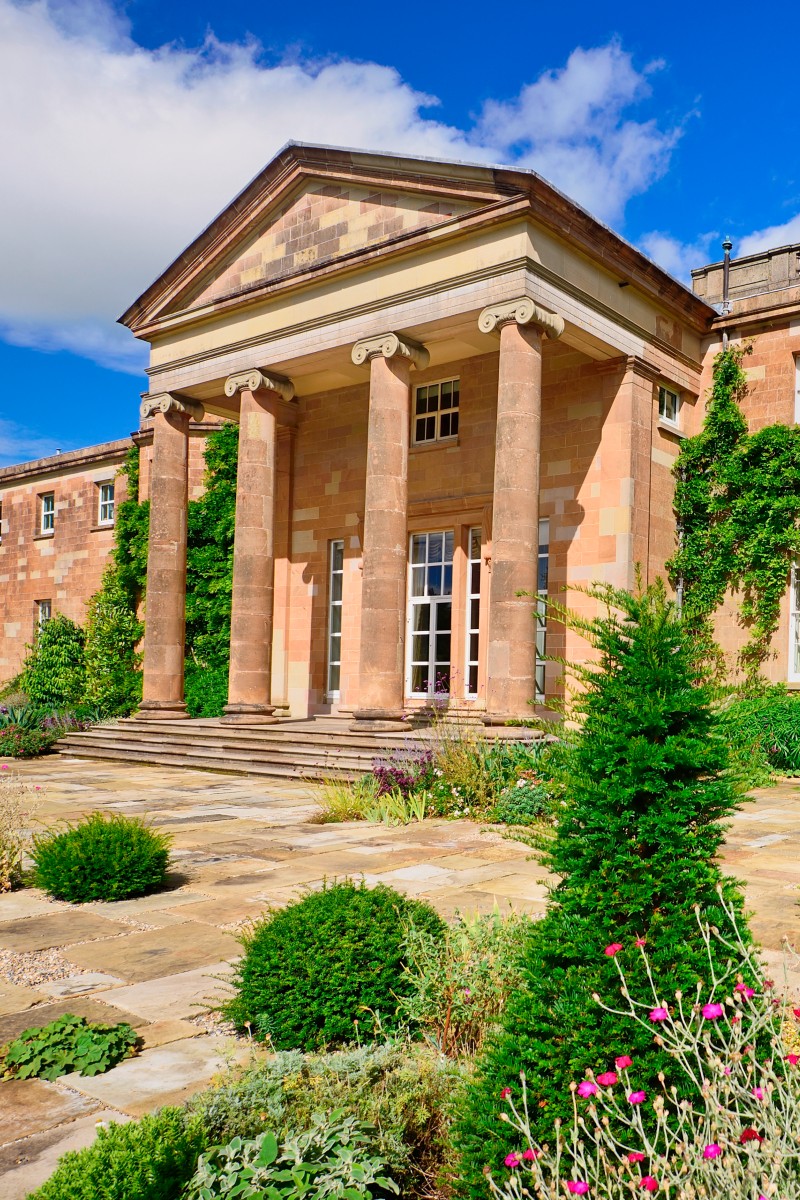
Hillsborough Castle is perhaps lesser known among the royal palaces and residences.
A grand home, Hillsborough Castle is set in over 100 acres of majestic gardens and offers a wide variety of woodland, waterways, specimen trees and plants.
It is not exclusively used by the royals, as it is also the official home of the Secretary of State for Northern Ireland.
Banqueting House is the only surviving remnants of one of the oldest palaces
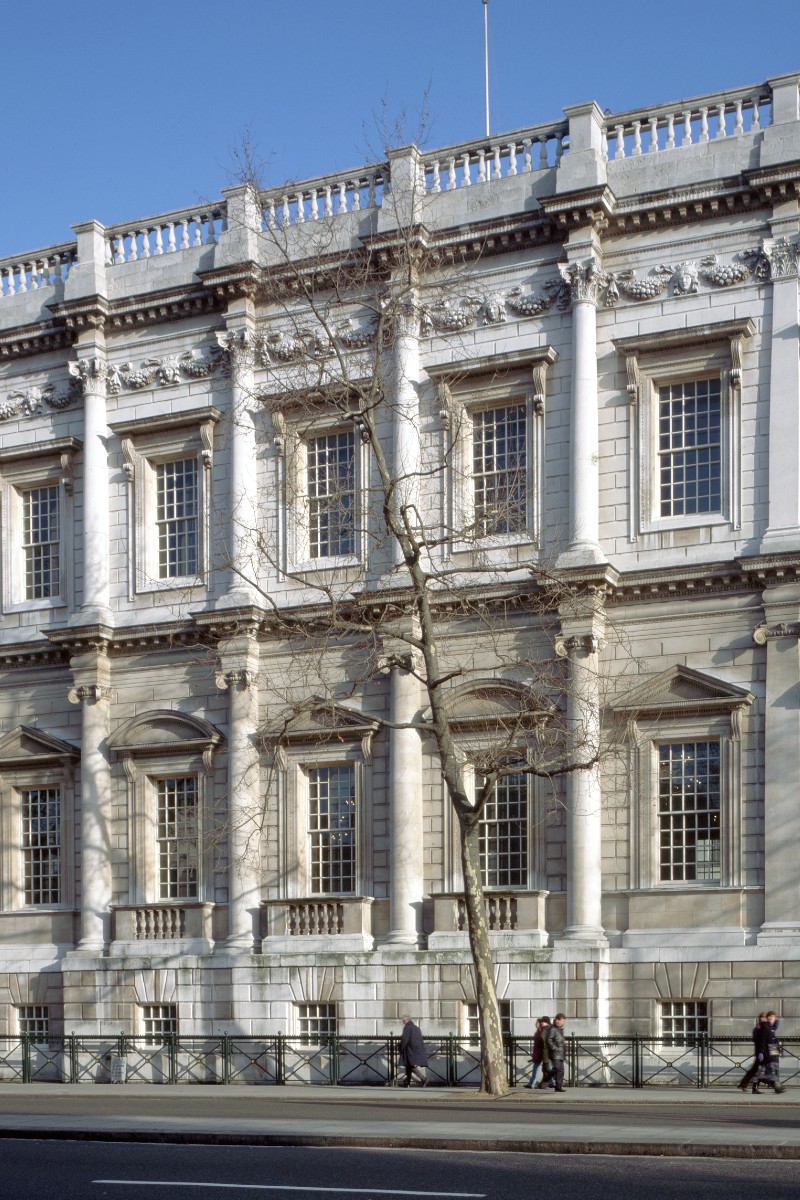
The Banqueting House, on Whitehall in the City of Westminster, is one of the last surviving architectural structures known as banqueting houses - buildings built solely for extravagant entertainment.
Henry VIII originally took the London home of Cardinal Wolsey and set about transforming it into a magnificent royal palace. He called it Whitehall, and it became the setting for major ceremonies of the Tudor, and later, Stuart, monarchies.
Between 1530 and 1698, it was the residence of English monarchs. Today, it can be hired out as a private venue and is often used as a stand-in for actual Buckingham Palace in television shows and movies.
Banqueting House had a gruesome history
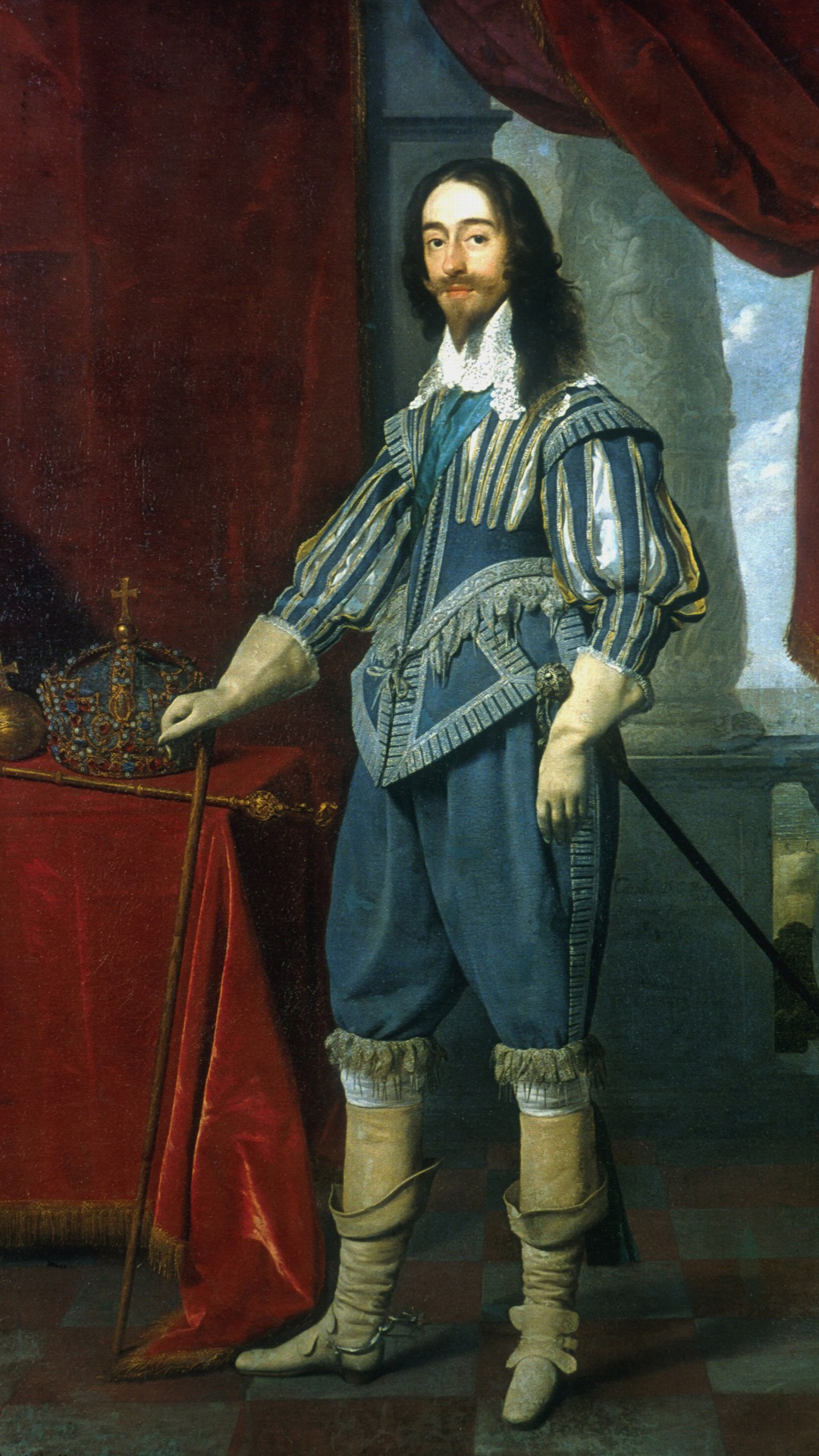
One of the reasons why the Banqueting House is perhaps less popular with the modern-day royals is that, as well as quite a central London location, it has a dark past.
Outside the Banqueting House, on the pavement of Whitehall, is the site of Charles I's execution on 30 January, 1649.
A scaffold was erected in front of the Whitehall Palace so that spectators could get a clear view of the execution of their King.
Charles I remains the only English monarch to have been tried and executed for treason.
Banqueting House is the only place to see works of a famed artist
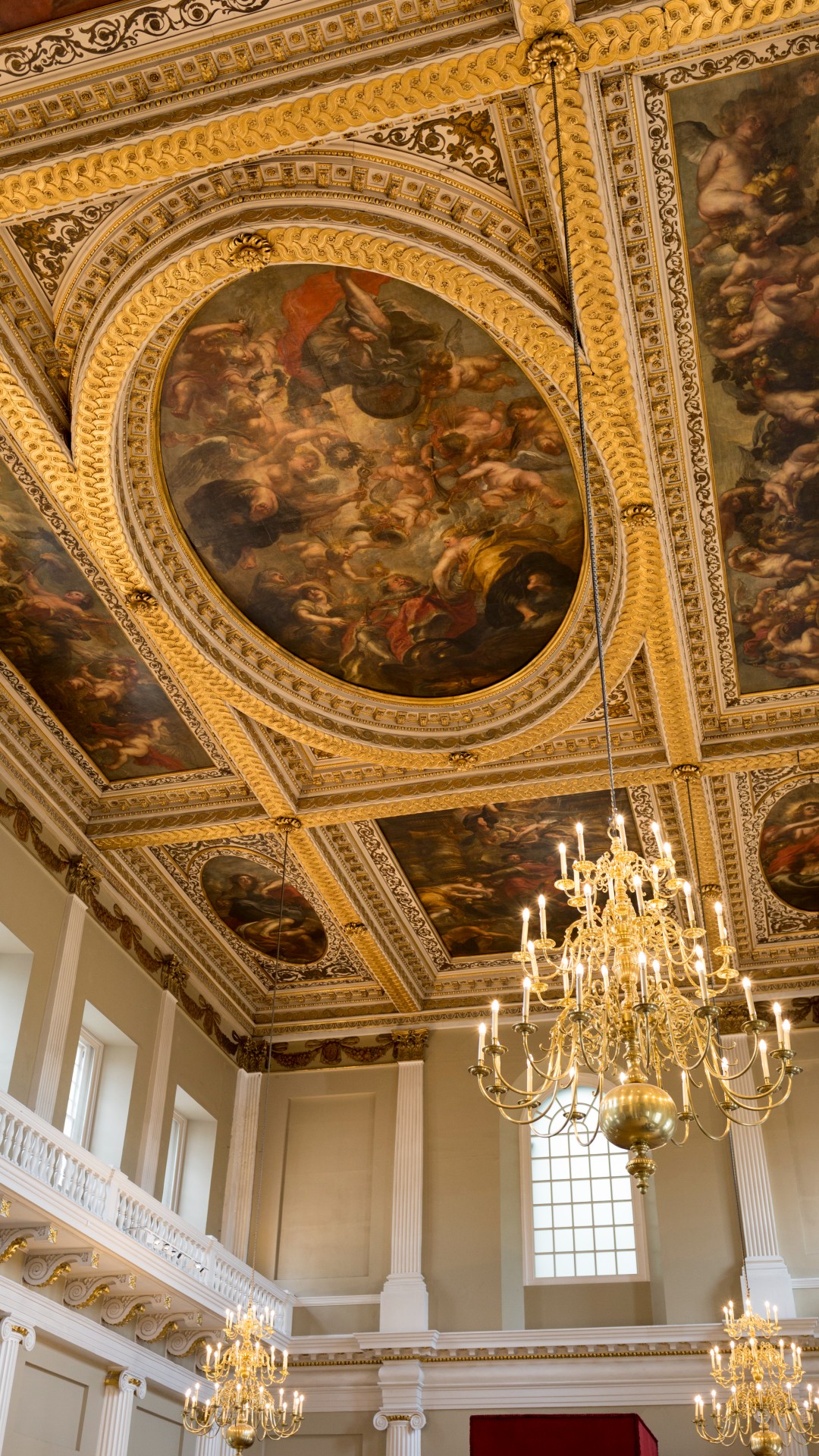
While it has a bit of a gruesome past and doesn't quite hold the splendour of the likes of Buckingham Palace, the Banqueting House does boast a rare and esteemed feature.
It houses the only surviving in-situ ceiling painting by Flemish artist, Sir Peter Paul Rubens. The canvases were installed in the hall in 1636. The three main canvasses depict The Union of the Crowns, The Apotheosis of James I and The Peaceful Reign of James I.
The smallest royal palace is hidden away in another tourist hotspot
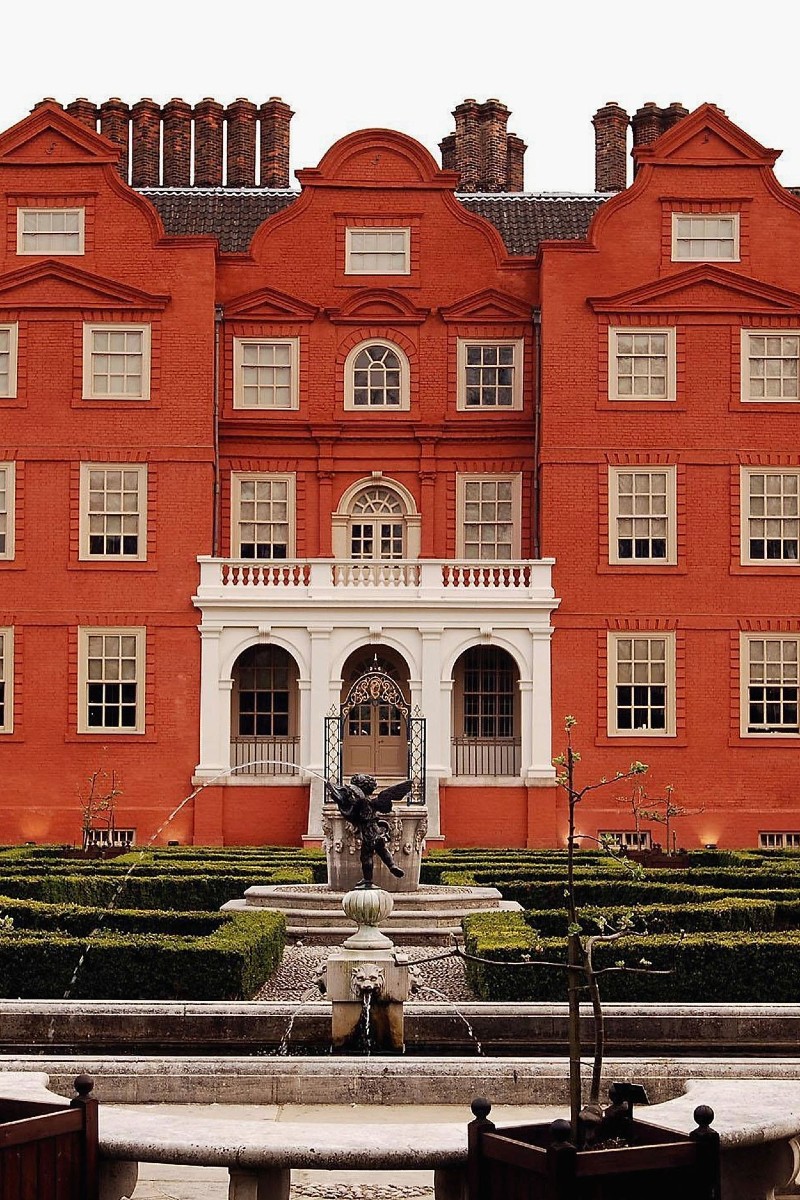
Kew Palace is the smallest of all the royal palaces, and possibly one often overlooked when thinking about the splendour of royal residences.
Tucked away near Kew Gardens, the intimate palace was originally built as a mansion for wealthy London silk merchant, Samuel Fortrey in 1631.
Per the Royal Historic Palaces, in the 1720s, George II and Queen Caroline took over the property and several other houses in the near vicinity.
Queen Elizabeth II, celebrated her 80th birthday in 2006 with a family dinner party at Kew.
Kew Palace has a heartbreaking history
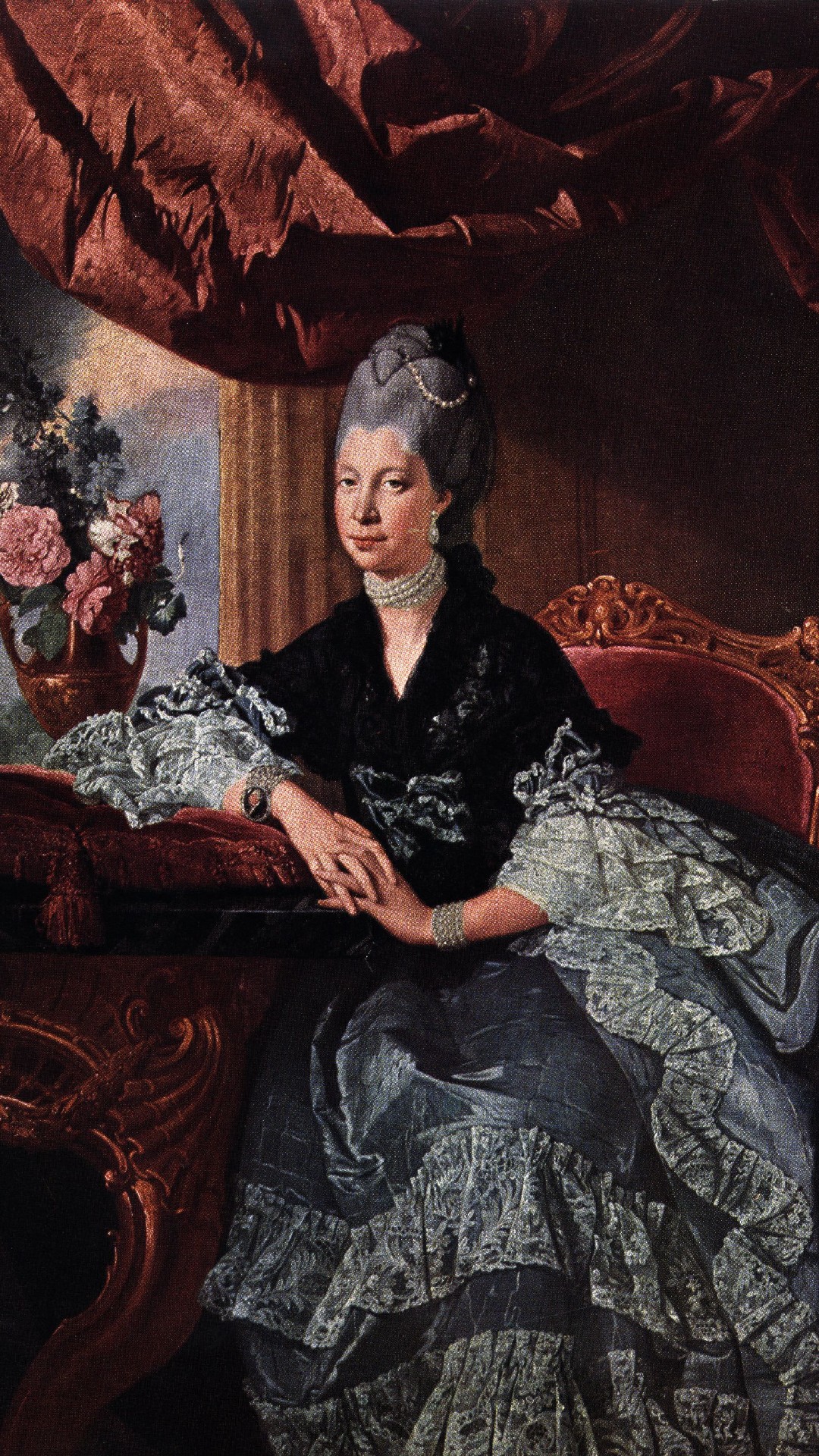
Kew Palace might be more familiar with fans today thanks to Netflix's hit spin-off from Bridgerton focusing on Queen Charlotte.
In real life, as seen in the series, George II's son, George III, sadly struggled with debilitating mental illnesses. Kew Palace became something of a refuge for him as he suffered what history has dubbed "the madness of King George".
Through it all, his wife, Queen Charlotte, decamped and would stay at Kew to be with her ailing husband.
Her devotion to her husband saw her make lasting ties at Kew and, in 1809, after she died following a long illness, the entire village turned out to pay its respects as she left Kew Palace for the final time.
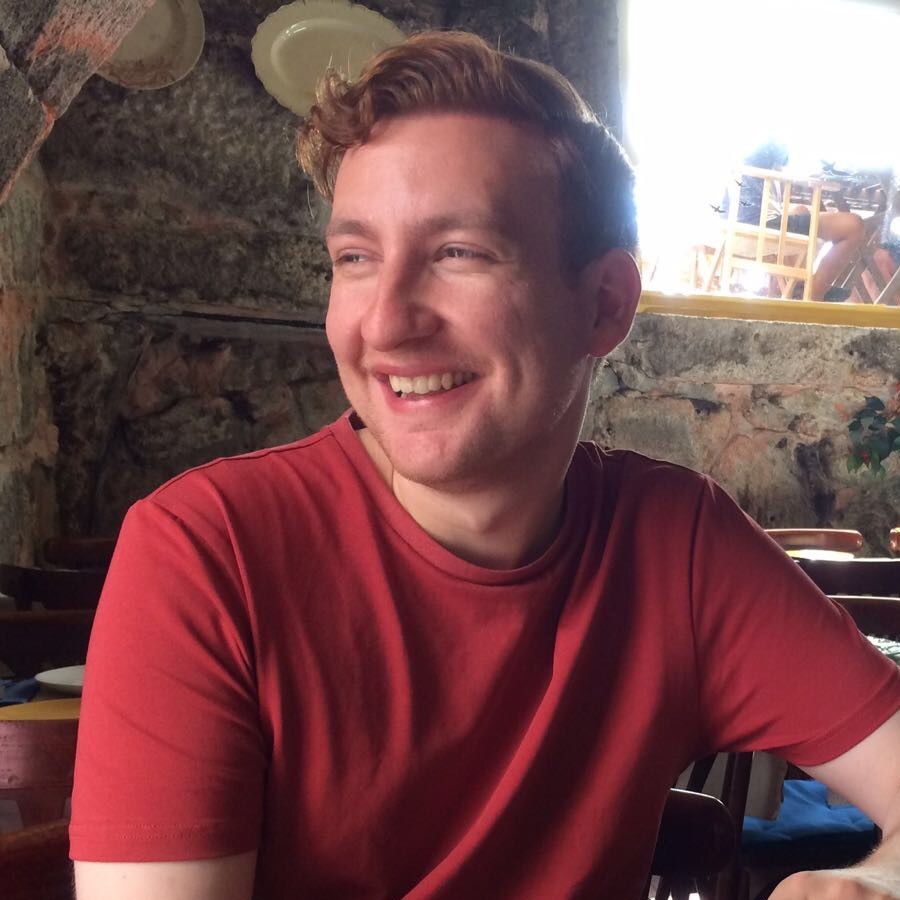
Jack Slater is not the Last Action Hero, but that's what comes up first when you Google him. Preferring a much more sedentary life, Jack gets his thrills by covering news, entertainment, celebrity, film and culture for woman&home, and other digital publications.
Having written for various print and online publications—ranging from national syndicates to niche magazines—Jack has written about nearly everything there is to write about, covering LGBTQ+ news, celebrity features, TV and film scoops, reviewing the latest theatre shows lighting up London’s West End and the most pressing of SEO based stories.